Vinphonic
02-25-2019, 11:28 PM
Heisei Tribute: Anime and Games Symphony
The End of an Era, the Beginning of a new Age
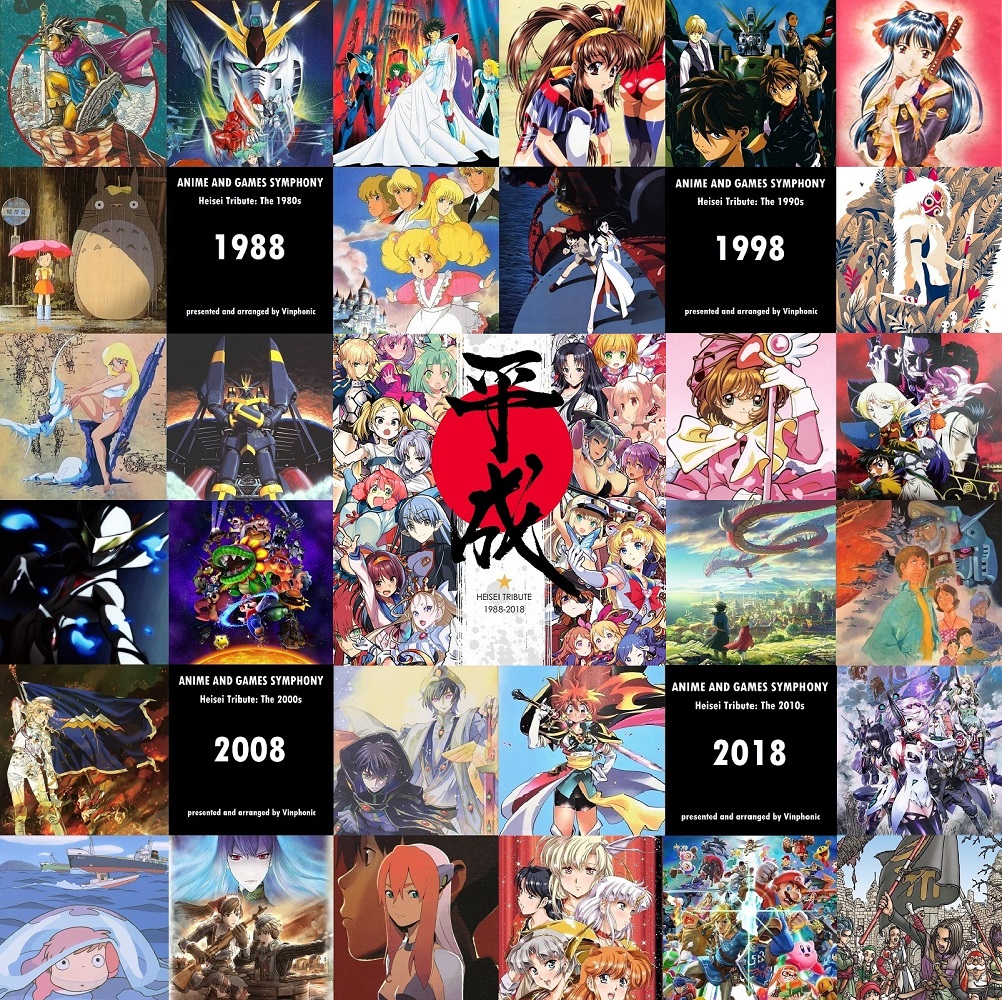
Four Decades of Anime & Games (https://mega.nz/#!aOQlyKwa!CvLkqWBinjEg_yyDXvaBvJMRs8G5_bw6mRJ2ree5pIY)
"To describe our new era, if you say it in one word, it would be “good future”. Now we have to make the effort and live and plant the seeds for future generations to live through days of excitement. If you have a future for children to come, we should do what we can do with responsibility to inspire their hearts and be the best we can be. I think that my piece for next year “to the new era” goes up with such hope. I wrote it with a sense of euphoria, hope and expectation, a brilliant and magnificent piece that is a tribute to the new era of Japan, hope and expectation, as well as a tribute to the age we leave behind."
TO A NEW ERA (A gift from a dear friend) (https://www.youtube.com/watch?v=Diy0yn8rl6U)

- Naoki Sato (Imperial Composer and music director for the transition to a new age)
The Heisei period (Heisei jidai) is the current era in Japan that soon comes to an end and a new era for the Land of the Rising Sun will begin shortly after.
The Heisei period started officially on the 8 January 1989, the day after the death of the Emperor Hirohito, when his son, Akihito, acceded to the throne as the 125th Emperor. In accordance with Japanese customs, Hirohito was posthumously renamed "Emperor Shōwa" on 31 January 1989. The Heisei period will likely end on April, 30th 2019 (Heisei 31), the date on which Emperor Akihito is expected to abdicate the Chrysanthemum Throne.
Naoki Sato was given the honor to write a piece for this occasion and wrote a piece for the holy regal ceremony of the Emperor and the beginning of a new age for Japan.
Across the country, various tributes are being made or are in production for Japan’s transition into a new era, from government official affairs to franchise projects like Kamen Rider Generations (Music by Kenji Kawai and Toshihiko Sahashi) to new anime projects in relation to the end of the Heisei period to over 200 illustrators gathering for an Artbook (on my cover).
Many gatherings were held, by associations, industry people, artists, musicians, all discussing how Japan will answer to the changing times and its now global entertainment industry.
An agreement was made by government, business and artist: To cooperate together, to make profit through excellence in art, trust in each other and to pass the torch to a new generation and excite the heart and minds of the people of the world through Japanese entertainment and cultural exchange. To demonstrate the art and craft that will make especially Anime and Games the leading medium for classical music and excellent art in all fields in the 21st Century. Various company statements are in another chapter below.
In the spirit of Japanese Animism and general anticipation for the future, Anime and Games are now strongly rooted in the world's global entertainment and present in everyday lives, of course most culturally significant in Japan itself.
This year especially, there have been numerous important business developments, on the economic as well as the artistic side and the whole Anime and Game industry of Japan, from music to software, is noticing its unique stand in the world and its global potential. The music side will be covered in depth in a chapter below.
In addition, the desire to pass on the torch to a new generation is present from stakeholder events to music schools. Another important factor is the preservation of classic media franchises, from Gundam to Super Mario to Lupin III to every major property of the medium, while updating its visuals and story to current digital times to stay true to the original, so much they are scored just like they would be in the 1970s. Numerous concerts for classic Anime and Games franchises were performed, are being announced or in production. Lupin III: Part V is a perfect example how a classic franchise will work in the age of digital entertainment in Japan, on a meta level discussed in episode 23 of the show:
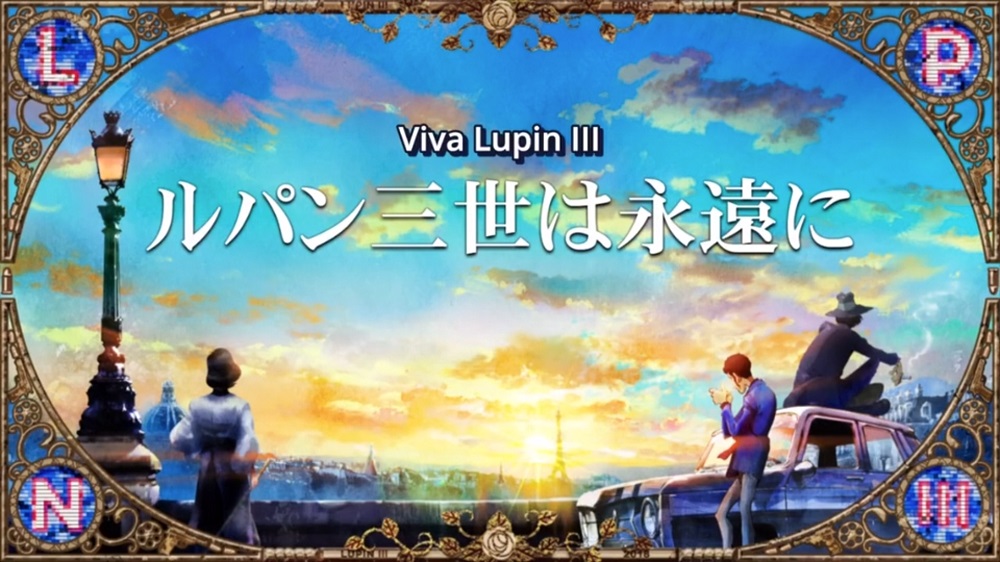
Case Study: Preserving classics from the 20th Century in the 21st Century (https://vimeo.com/307842188)
But first things first, to get to the current year and a possible future of excitement, we have to take after the advice of the active brigade of legendary Japanese composers and honor and pay tribute to the past before embracing the future.
To do so, we will journey back in time, because it is vital to listen to this collection first before the following chapters really ring home.
I. An orchestral Journey through four decades of Anime and Games.
Pretext:
I drew a statue for each decade with one specific year and made four pillars of Japanese Music History. It is not massive, you can actually listen to it all in a day but it is perhaps my most poignant release and a coherent score made up of little individual score cues that form little building blocks that in total make a triumphant statue for each decade.
In total it is 200 pieces of music that form a temple of orchestral music.
The eighth year in a decade is a perfect point to do it now (and it has to be done now since Japan will enter a new era next year) because the general environment and style of that decade has been solidified and it’s still a year away before the transition to the next. Logically I could not include the 70s and the infancy of Anime because Games Orchestra as a medium was only born in 1987 with the Dragon Quest concert.
I also included for reference points, every Taiga Drama and Sentai series that aired in the respective years. I could not do this for other long-running series like Doraemon because not all are available from the respective years.
So each date stands for a decade. It would have been perfect to cover all years, instead of just one entity but that would require a team of 100 people.
Perhaps take a day off, and especially in the holiyday season, take a day of your time, listen back to back or one album per day. Do it while working, gaming, relaxing or serious listening and you will have a magical time.
First, let’s journey to the year 1988, the birth of orchestral game music, and go through each decade of Anime and Game Music by a specific year. So let’s start with the first decade, the 1980s:
1.1. Anime and Games Symphony: The 1980s
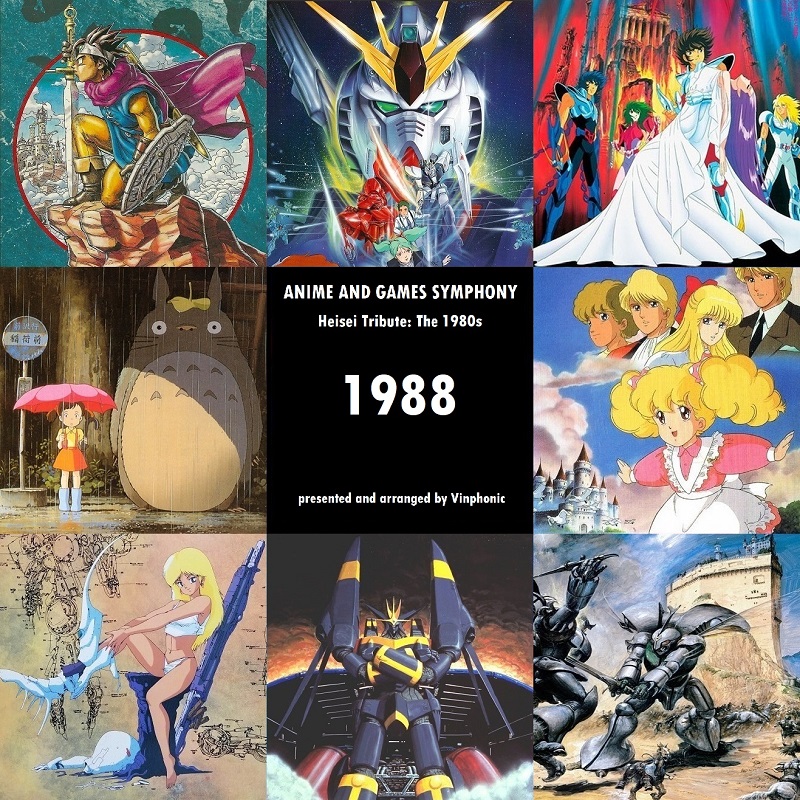
It was the period of Koichi Sugiyama, Seiji Yokoyama, Kentaro Haneda and Rejiro Koroku. It saw the rise of Kohei Tanaka. Disco reigned supreme and a few professionals made stellar timeless music. In the live-action department, Tatsumi Yano ruled with a style that Toshiko Sahashi would succeed in the 90s. Games were not fully orchestral yet but received arrangement albums by Sugiyama and Haneda. Orchestral recording from that era had a very specific sound and often incorporating synth and disco elements.
1.2. Anime and Games Symphony: The 1990s
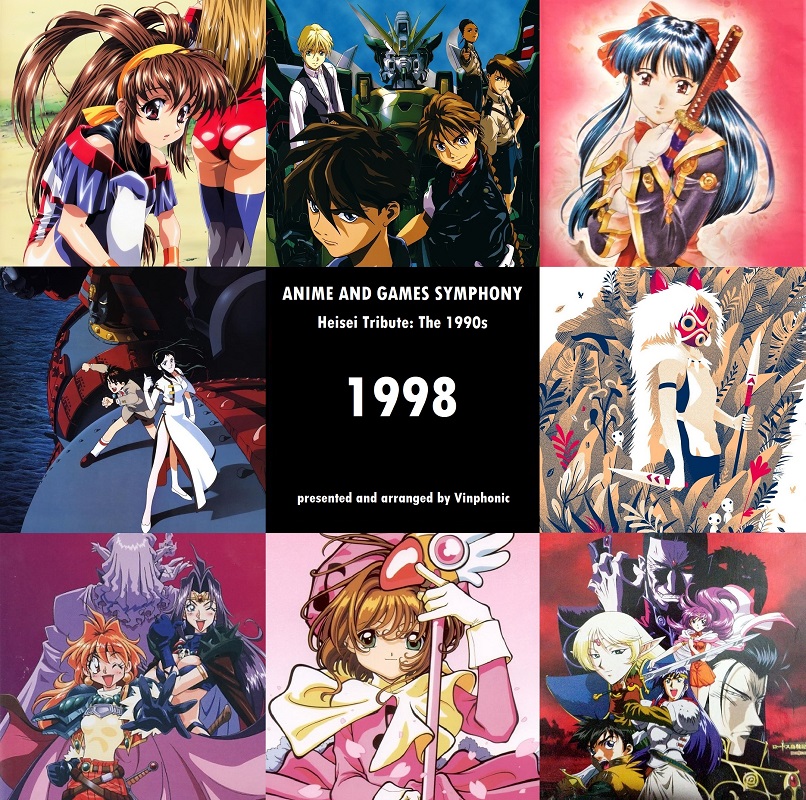
It was the decade of Masamichi Amano and saw the rise of Toshihiko Sahashi and Yoko Kanno to stardom. It saw the rise of Michiru Oshima and Takayuki Hattori who wrote catchy theme after catchy theme. Kohei Tanaka wrote legendary music and Joe Hisaishi recorded a masterpiece with Princess Mononoke Symphonic album. Kow Otani and symphonic albums were a prominent constant. The first orchestral game concerts were produced and fully orchestral scores appeared in games.
1.3. Anime and Game Symphony: The 2000s
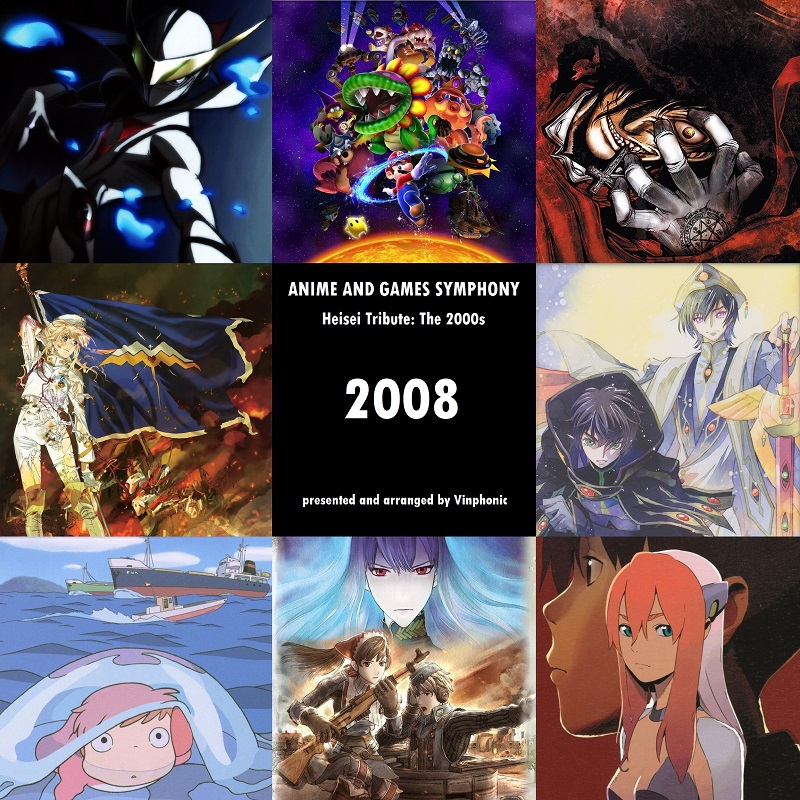
The 2000s saw the creation of many grand orchestral works with Symphony Orchestras, from Fullmetal Alchemist to Romeo X Juliet to Hellsing. The early decade was ruled by Toshihiko Sahashi, the late half by Yoshihisa Hirano, Taku Iwasaki and Kosuke Yamashita. Hitoshi Sakimoto ruled the game music scene and it saw the appearance of Yugo Kanno and Hiroshi Takaki. Orchestral Game scores became more commonplace and orchestral game concerts started to become a common occurrence.
1.4. Anime and Game Symphony: The 2010s
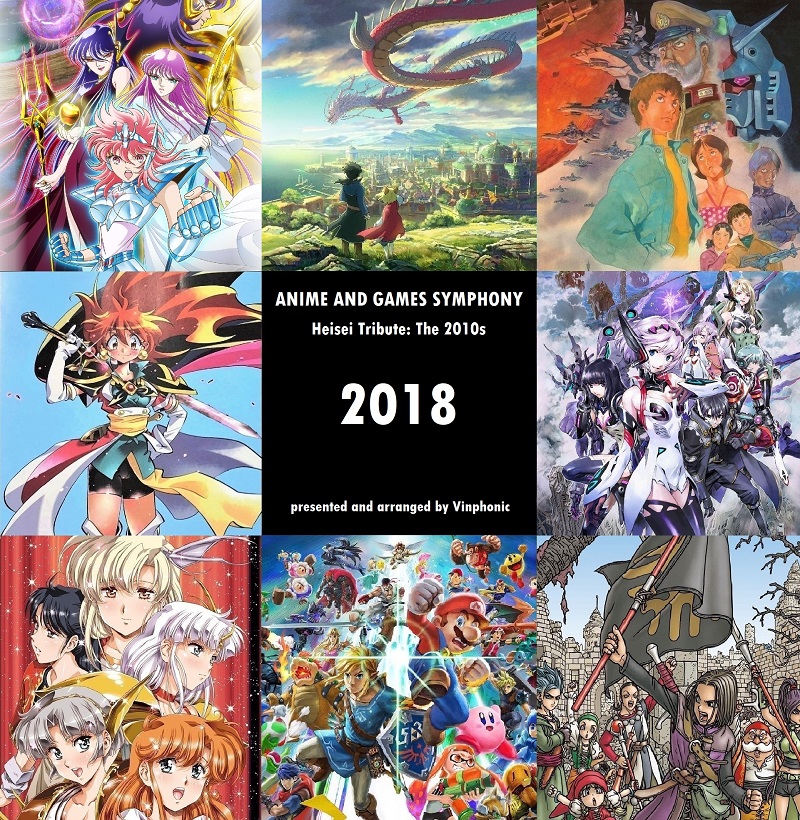
The first half of the decade saw the rise of Michiru Oshima to stardom, and the creation of many stellar works from Space Brothers to Break Blade. The late half saw the rise/resurgence of Takayuki Hattori, Yasunori Mitsuda and Kaoru Wada. It is the decade of the return of old veterans, from Kohei Tanaka to Toshihiko Sahashi, the fusion of Shiro Sagisu and Masamichi Amano who produced masterful works and the appearance of concert works in soundtracks and the explosion of Anime and Game concerts.
Also an explosion of new composers entering the scene and the amount of classical music/works in/on soundtracks. Game scores became more and more orchestral, performed by major Symphony Orchestras to big studio ensembles, from Ni no Kuni to Valkyria to God Eater 3.
The year 2018 also deserves special mention as the last year of a Japanese era, the Heisei period. This year especially, old and new are joining in harmony to the future with an abundance of orchestral scores and classical pieces.
As a special note:
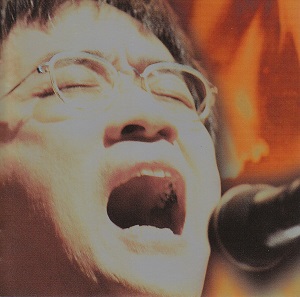
The most important aspect for me is that of all four decades, only one composer was active in all of them: One man who would rise to the very top of the anime and game industry and who is now its musical face: KOHEI TANAKA
Present and working in all four decades, losing none of his vigor and energy, gracing us with wonderful music and hopefully another decade of glory.
The Legend will never die! (https://picosong.com/wuk9H/)
I would also advise to listen to the 2018 year while proceeding further.
II. Japan to a new age
2.1. Japanese Composers and Musicians in the Digital Age
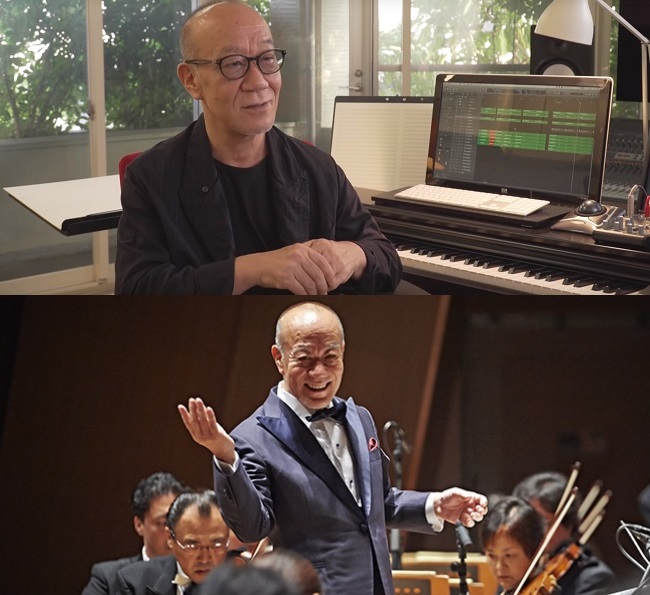
“Embrace New Technology and honor the past, that is what I do. Classical music and minimalistic music will live on through my music”.
- Joe Hisaishi
“We will preserve the classical world and by incorporating new technology and trends create a new style of classical music to succeed it. Anime-Style.”
- Toshihiko Sahashi
“Technology is necessary and has made my life as a composer easier but I would advise to first study music properly. Technology without musical foundation is not desirable but when combined can lift your mind.”
- Michiru Oshima
“In order to be the musician you can be you have to learn from old things first before trying new ones. Technology in our age is a wonderful thing but as composers we first must indulge in 2000 years of music history. You will fly to your greatest potential if you honor the past and embrace the future.”
- Kosuke Yamashita, Toshiyuki Watanabe, Keiichi Oku
“Recently I feel Japan has become some sort of Last Bastion of upfront melody and music that sings. I would like to continue write music to excite and be sing-able."
- Akira Miyagawa
“From now on, as an important point of Monaca's philosophy, we will pursue relationships (partnership) that trust each other. We believe that the mutual cooperation of customers (companies), creators (cooperating parties), and staff (employees) can build relationships that can create attractive content and profits. If you can create a lot of people's excitement and be of service to everyone, that is the wish of Monaca.”
- Representative Director Keiichi Okabe
“Our music is forever! 20 years ago I wrote the theme to Sakura Wars and its still present in the daily life and hearts of many people. As a father of this song, I’m most proud of my child. Anime and Game music will adapt to current technology and be stronger than ever, exciting the minds of many people. I will continue to do my best and make music that people will cherish forever.”
- Kohei Tanaka
Mobile/Arcade Games with Symphonic/Orchestral Scores and/with the Return of legendary Composers
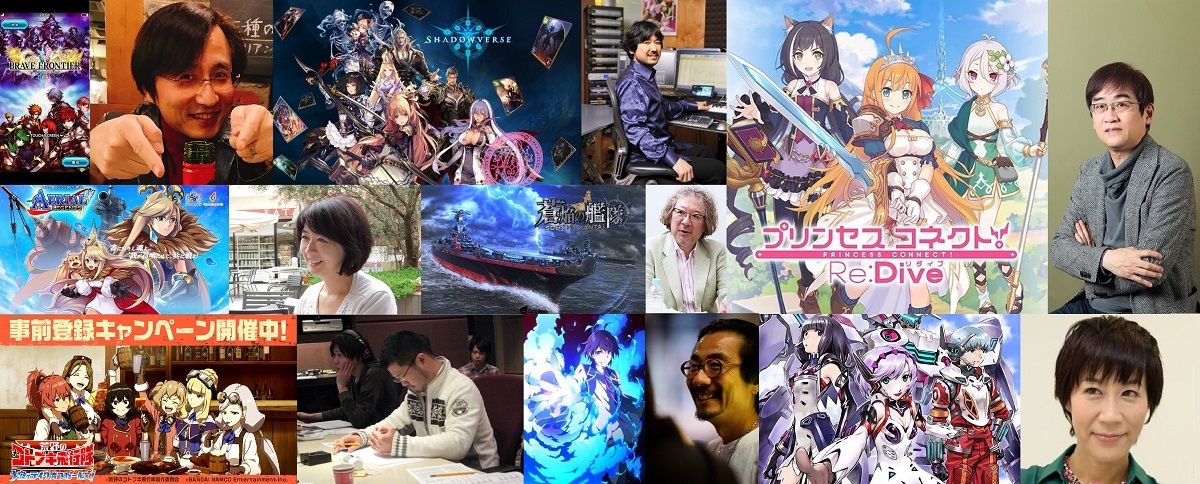
For the new age and the spirit of new Anime and Games, old veterans assemble a new. You work on some mobile game and then you are back on the scene. Good thing Yoko Kanno worked on one recently.
How does scoring for Anime and Games work in 2018?
1. The media director either decides on a composer or the production committee has contracts and/or contacts with various labels and agencies who assign one of their composers on the project in question.
2. Once a composer/composer company is decided upon he is called to a meeting with the director/music director and staff and gets either a script or concept art & illustrations and possible demo for the Anime or Game. Most important he gets musical guidelines what to include and the general direction of the music.
3. The composer gets to his office/to his home and does whatever he deems necessary for the work. If its locked to picture he gets a copy of the storyboard/unfinished scenes and has to match the music accordingly.
4. The composer returns to another project meeting either for a deadline or per request and then either the director, the sound director, or both give the greenlight and then he gets to record the music with a live ensemble depending on the budget for the music of the production.
5. The composer records his music, usually in a small studio with striped sections (because of limited space available) or in a larger studio or hall with a full orchestra. Usually the director is present at the sessions, asks some questions and goes over the written music with the composer.
6. The sound director uses the recorded music in the editing process and the music distribution label of the project decides if there will be a commercial release of the music in the form of a soundtrack, either as a bonus enclosure or as an official standalone release. The composer gets royalties for the music.
The Recording Units/Orchestra Units for Anime and Games Orchestra Music in 2018
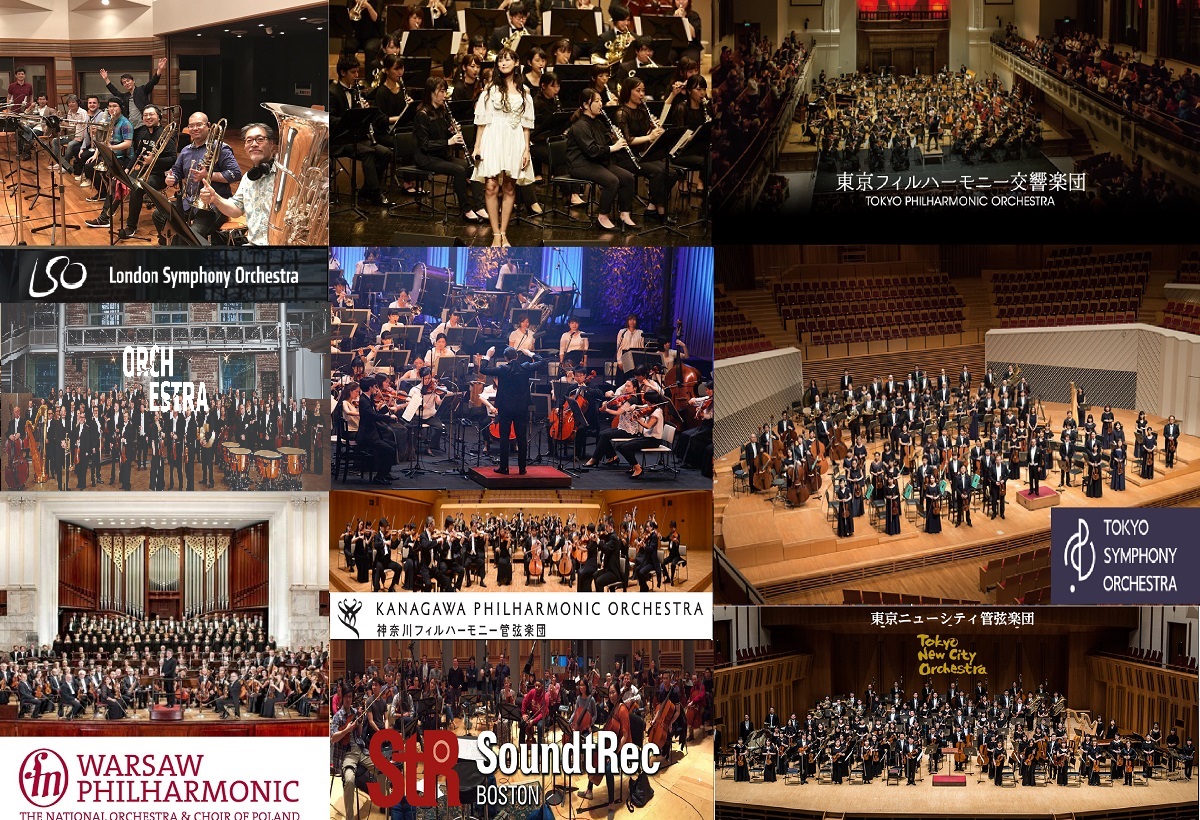
From small studio ensemble in striped sessions (becaus of limited space) to major halls with the most prominent players of orchestral music for Anime and Games in 2018. Well over 100 scores were recorded with an orchestra this year.
2.2. Classical arts preservation in Anime and Games
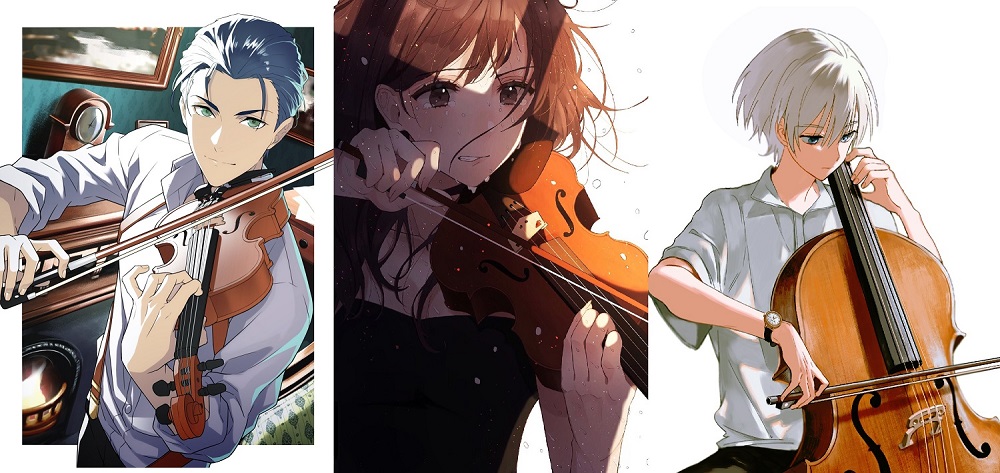
The Anime and Game composers of the 80s and 90s are very active behind the scenes in various associations and music institutions and help teaching a new generation of composers, growing up in the worlds finest music education system:
An example (https://www.youtube.com/watch?v=yc3VbVf-bUI)
Classical Boom
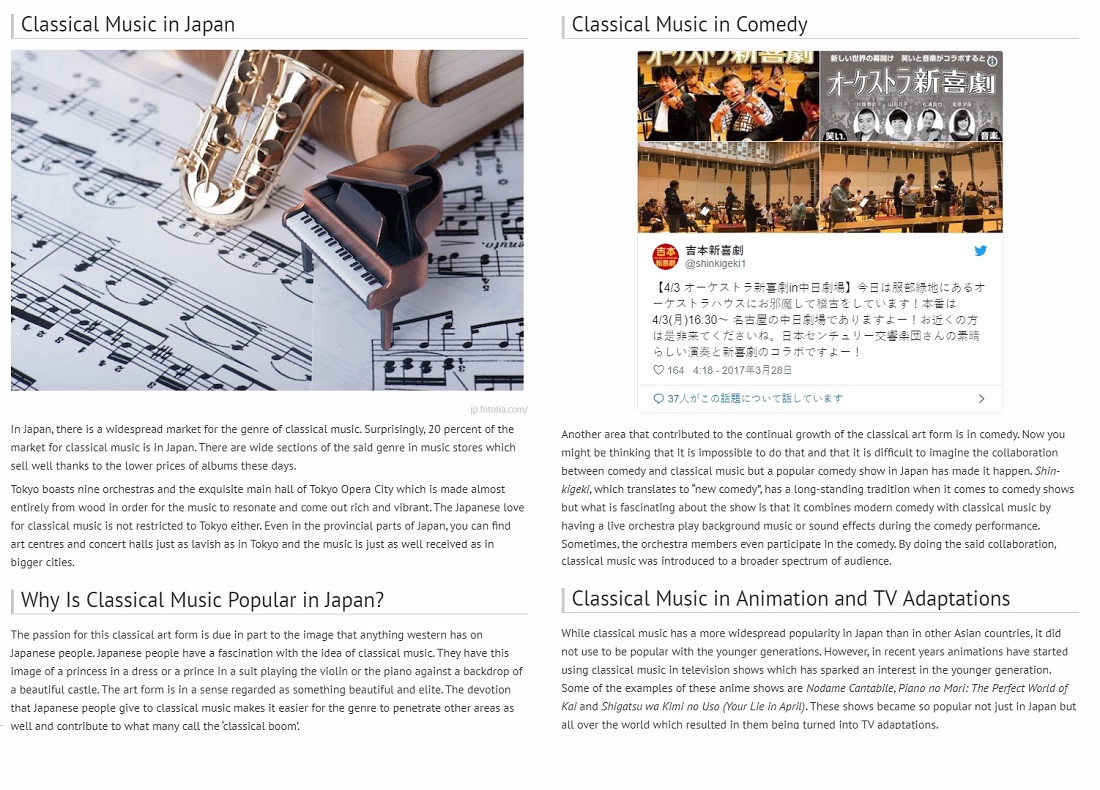
Certain shows like Hibike Euphonium have further cultivated this boom.
Anime and Games and "Anime-Style" will preserve classical arts.
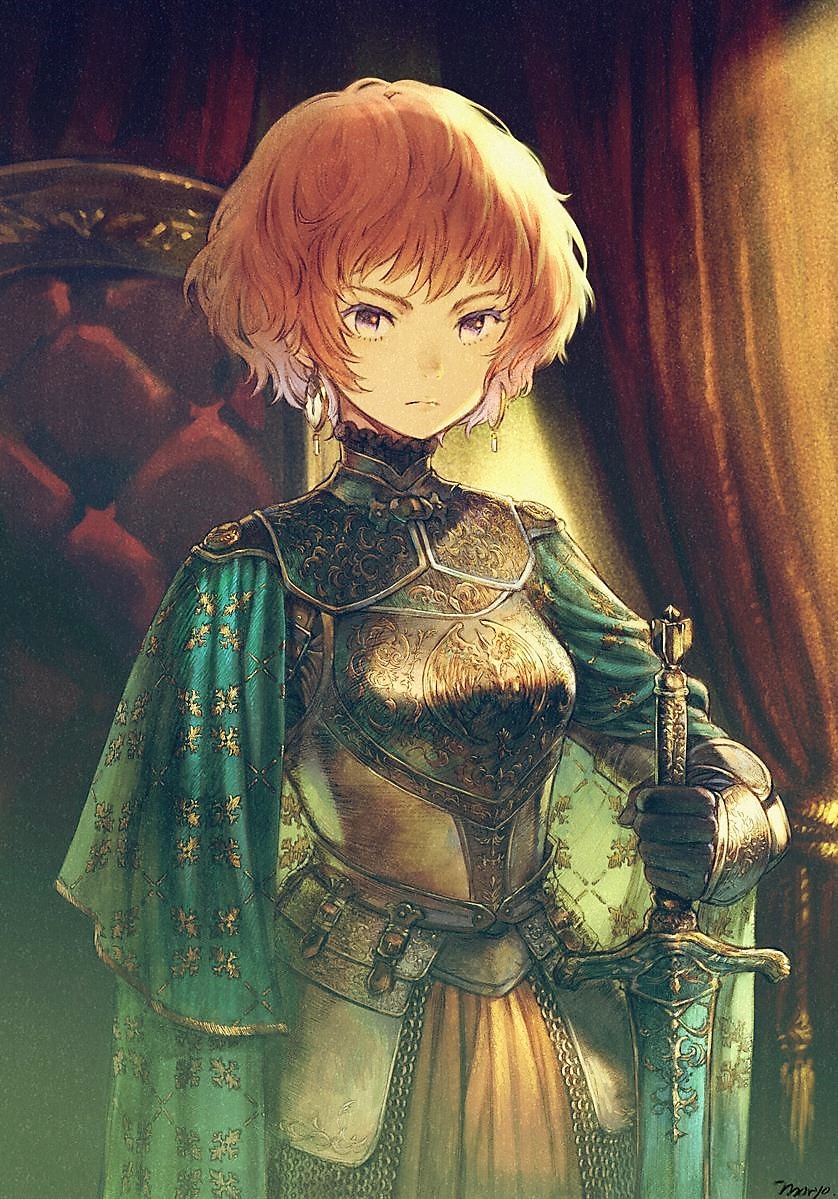
Their love for classical arts in all fields makes them preserve them and then create their very own. No place on earth has more appreciation and preservation of classical art and culture than Japan.
Orchestral Anime and Game Concerts are becoming a cornerstone of the medium and a natural extension of cross-media projects and franchise celebration
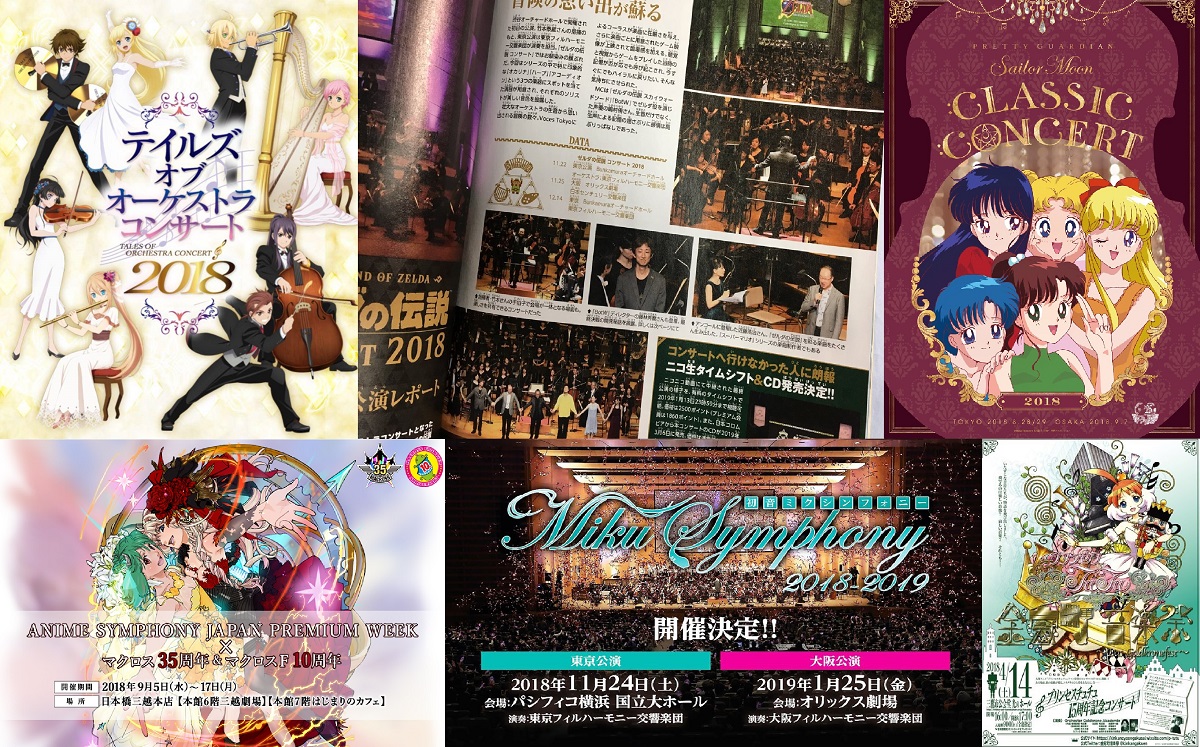
Liz and the Blue Bird, unbelievable attention to music:
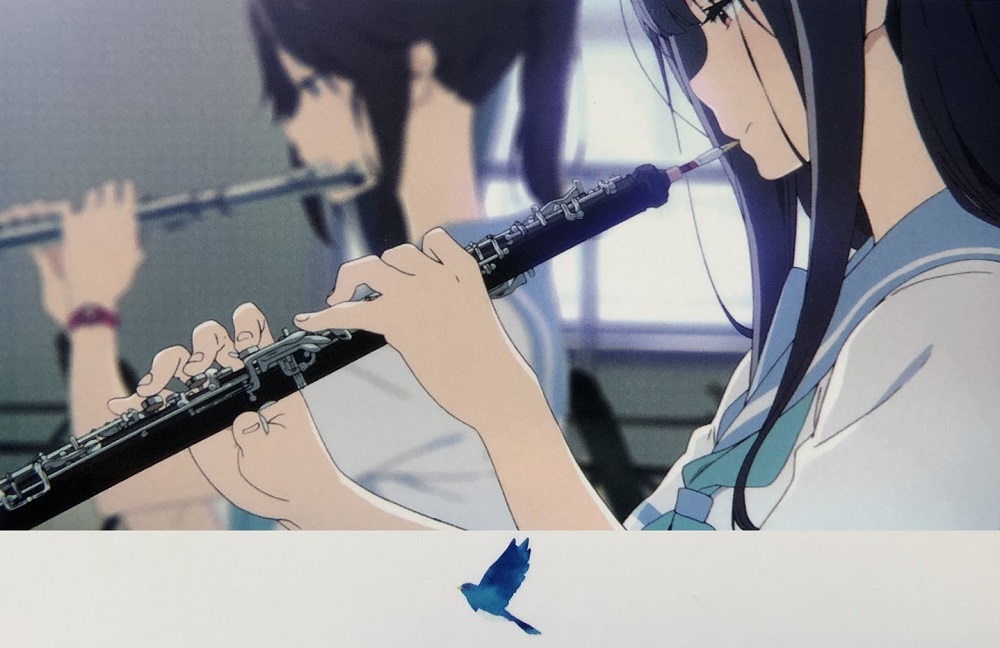
Scene: Incredible animated classical performance (https://vimeo.com/307045349)
Making Of 1 (https://www.youtube.com/watch?v=bDNvW6qnZls)
Making Of 2 (https://www.youtube.com/watch?v=_0BZ4KcwyCY)
Idolization of the Orchestra/Classical/Jazz Instruments and its presence in everyday life in Tokyo and Japan
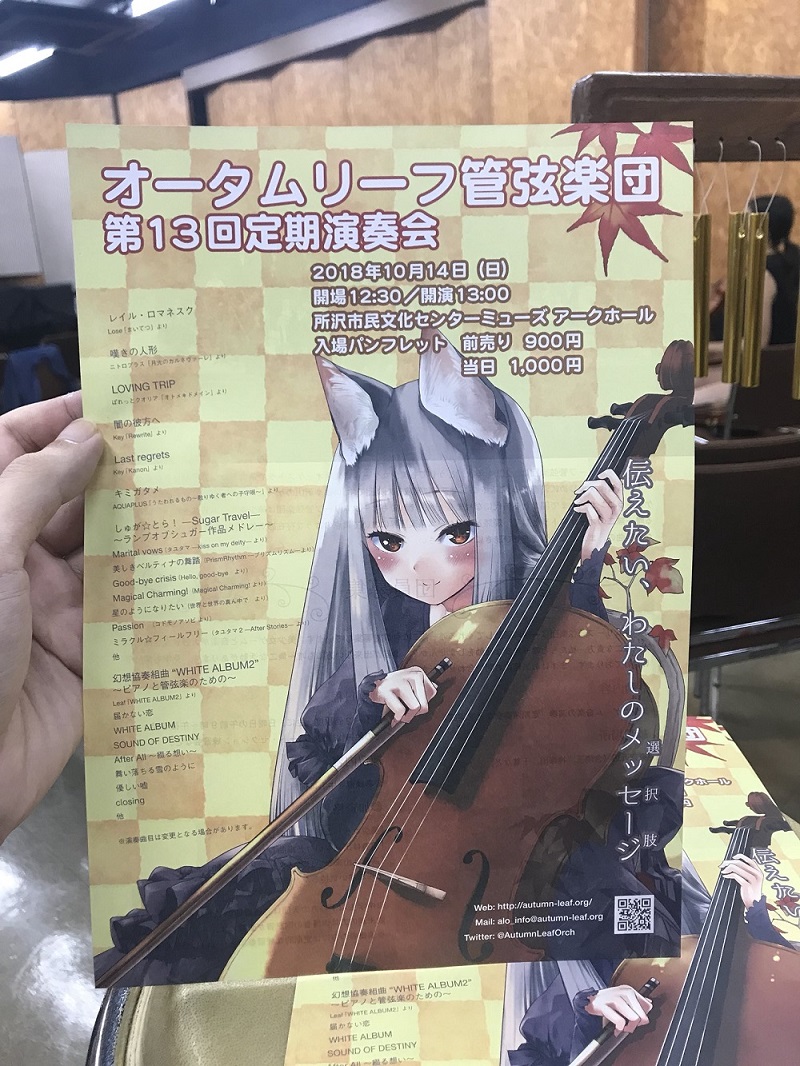
https://www.youtube.com/watch?v=p7rnjXM0PNU
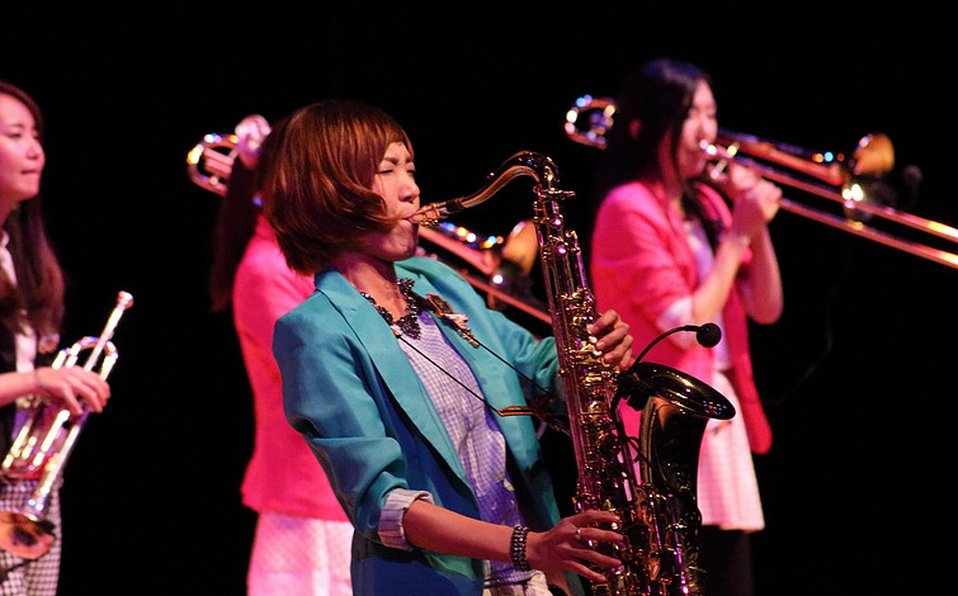
https://www.youtube.com/watch?v=xEO5JU1o6Jo&t=20s
Japan is aware its a last bastion of film scores that jump out of the screen and overwhelm you with emotion and wants to preserve that tradition
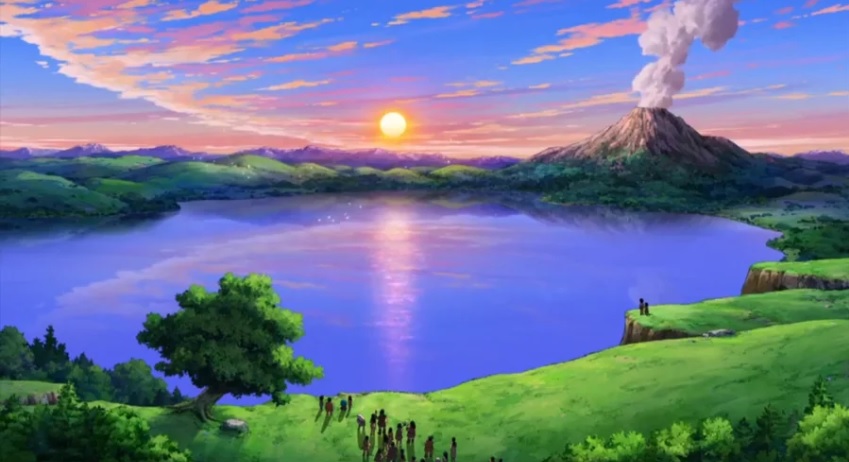
Classic Hollywood Film Scoring (https://www.youtube.com/watch?v=X_sf-0_-39s)
Preservation of Classical/Film music in Anime and Games: Associations and Companies
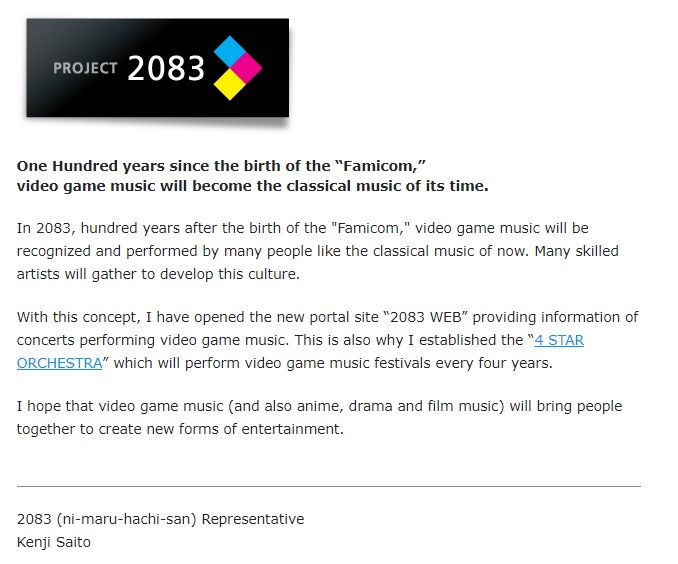
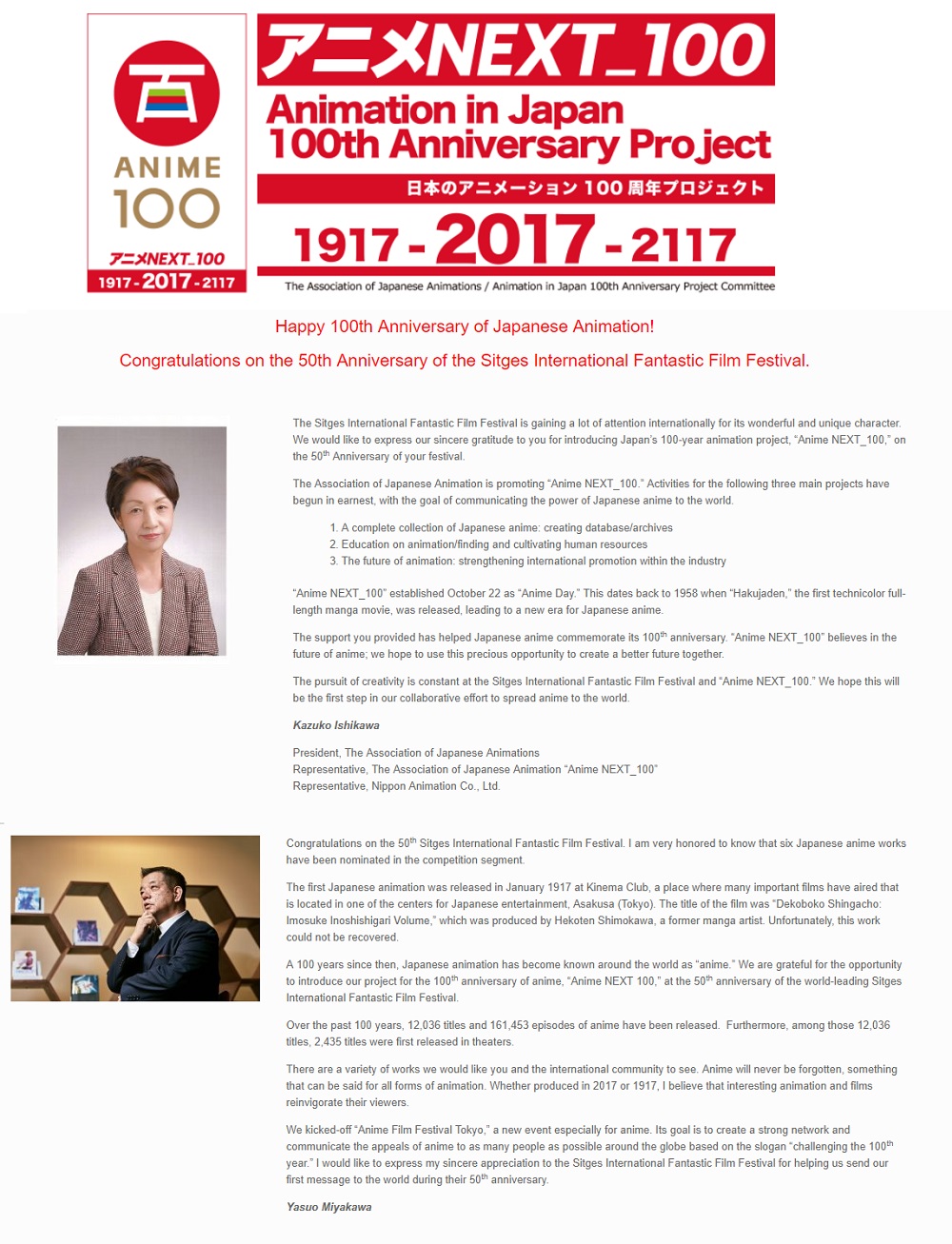
How will animation change the world after 100 years?
We, the Japan Motion Picture Association Japan, launched the "Anime NEXT - 100" project with the aim of continuing the development of Japanese animation towards the next 100 years. Animation has realized communication between cultures beyond words. Through the viewpoints of people who continue to change the form of video, advanced technology and unique thinking, we will consider "- Anime's future" - the creation of the pure imagination and creativity that is the source of that - through the creator who is active in the animation industry, we will try to make a hypothesis about one form of future ". At the same time, we aim to disseminate Japan's animation culture and power with high impact to both domestic and overseas, and further link it to our daily lifes. While seeking to share the possibilities and challenges of animation in Japan with many people who are active in various genres, we aim to make progress and continue to create a future. A future of excitement and a new age that will "animate" the human being and epoch.
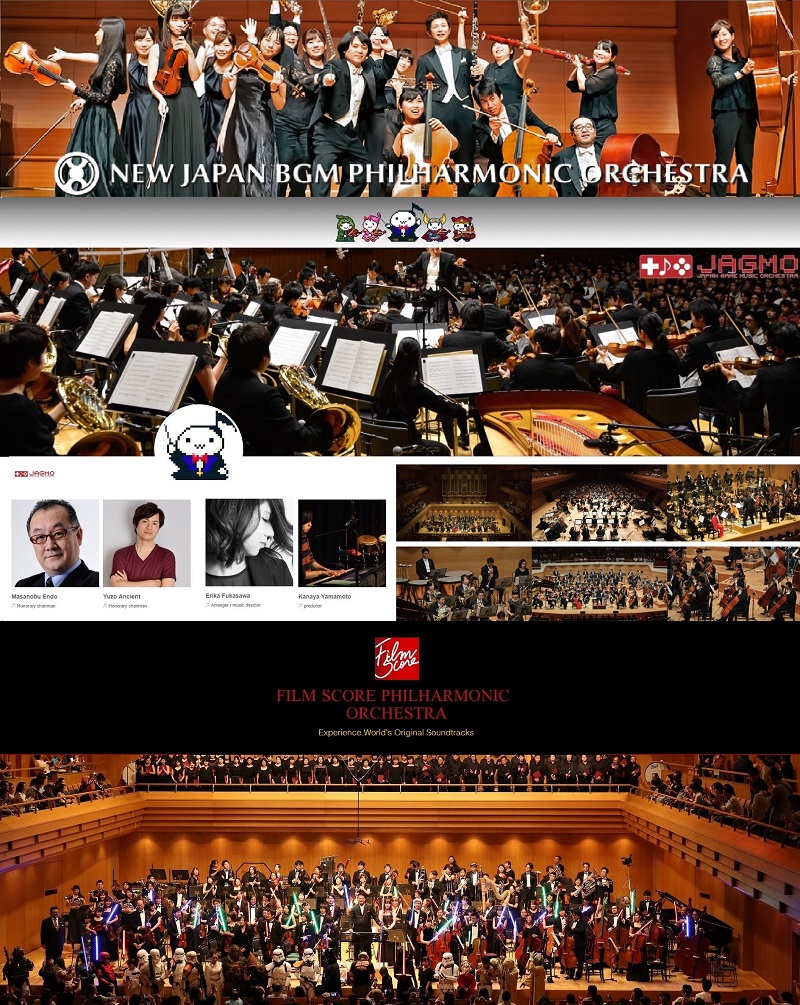
The World's soundtrack from Japan
It is a soundtrack specialized orchestra "FILM SCORE PHILHARMONIC ORCHESTRA (commonly known as Phil Phil). We perform pusing carefully selected projects and original scores from movie, TV, games, stage and other soundtracks. We would like to increase the opportunity to hear the music loved around the world on live performances. We want you to listen to concerts that the performers and the audience can enjoy equally with a feeling like going to the movies on weekends. We want to teach the important role of score music and want you to realize that it expresses and inherits the past while faithfully reproducing the performance technique and expression method of Hollywood periods for example. Members who love soundtracks gathered with such thought enrolled. Nobuko Toda, director and film music composer, accepted the unique world of soundtracks and its artistic expression method without being bound by a fixed concept, challenging future music with full-scale orientation from classics to hybrid music. As our first projects we want you to experience the full power and beauty of John Williams and have prepared a birthday concert for the maestro.
2.3. The major associations and companies of Japanese Composers, Arrangers and Musicians from 2018 onward
The Japanese Composers and Arrangers Association (JCAA)
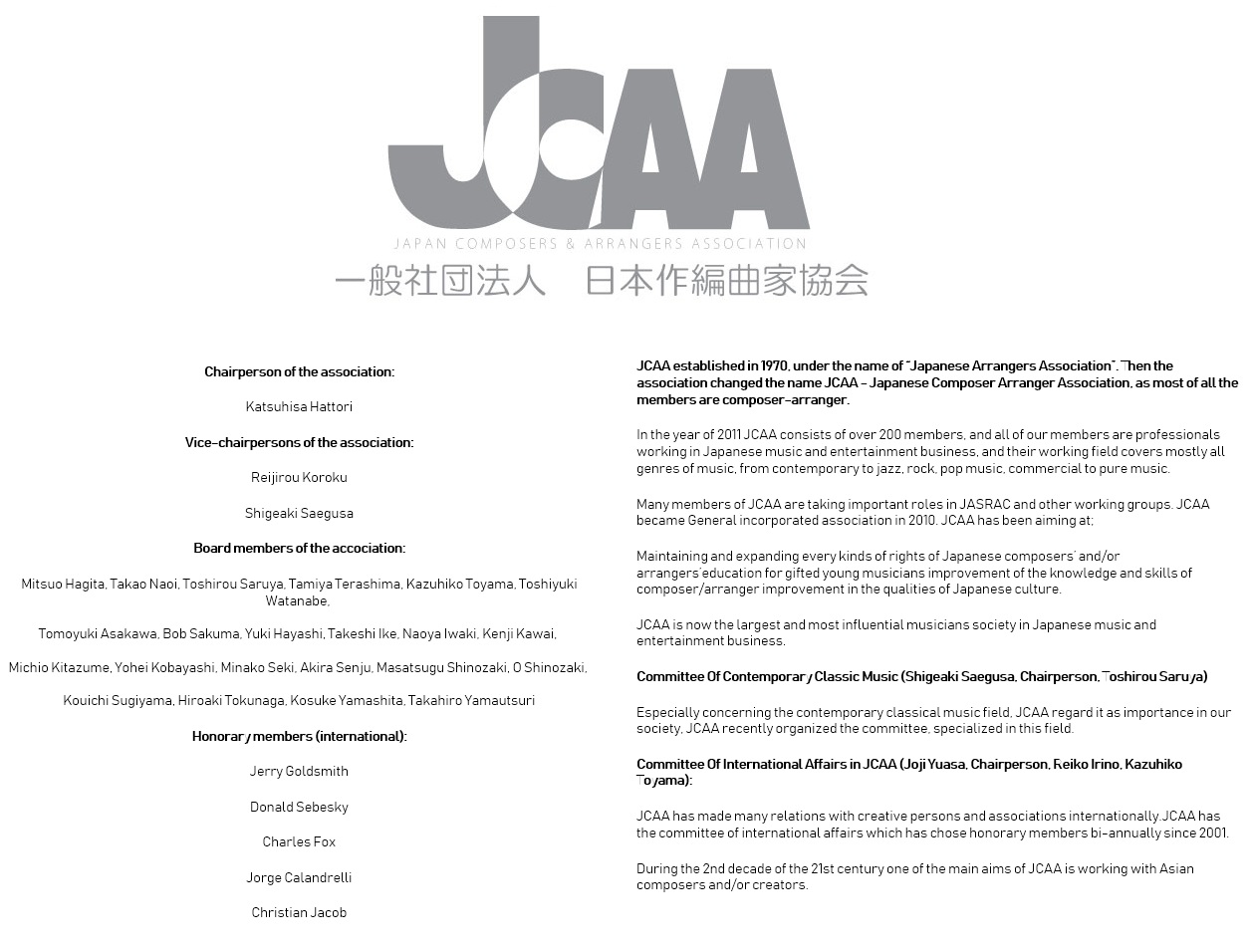
The Japan Federation of Composers (JFC)
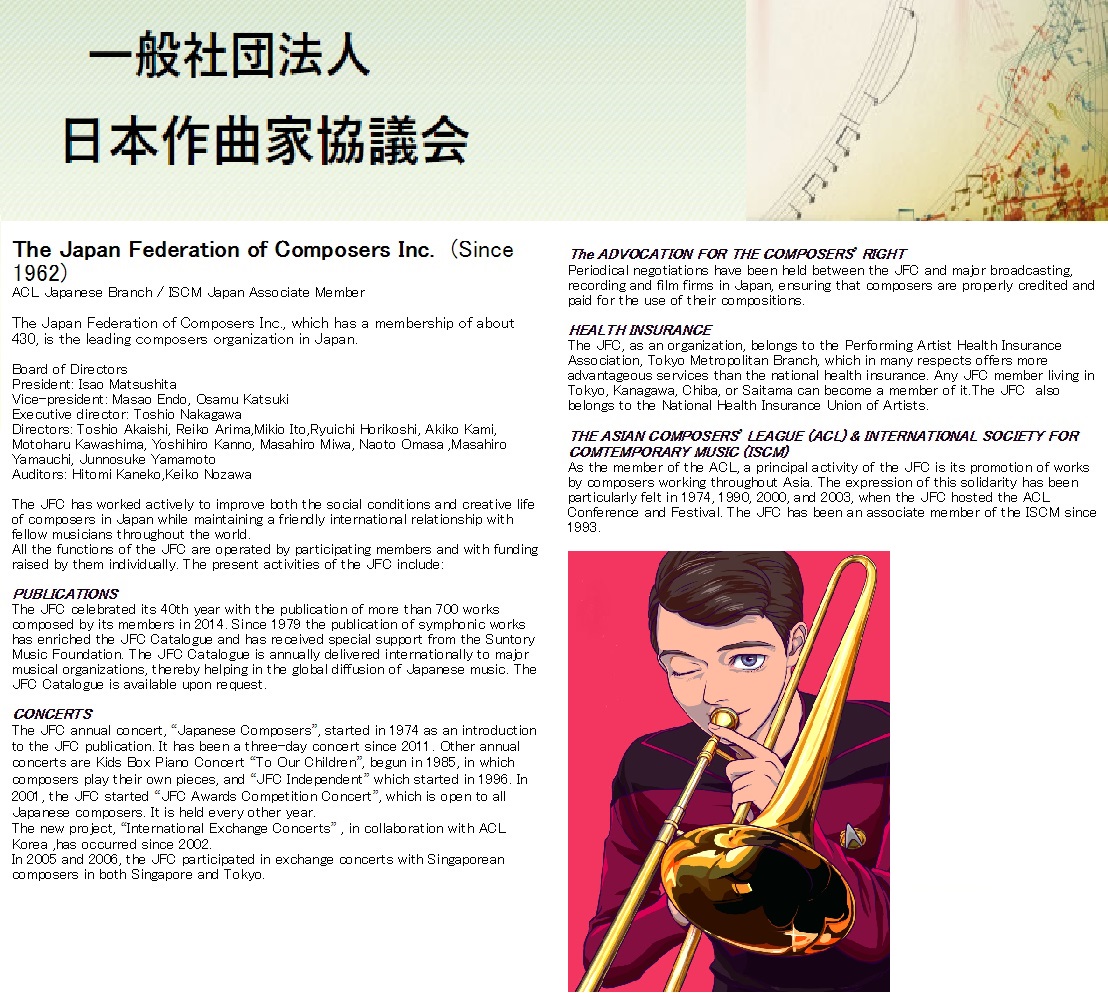
Self-employed Companies/Freelance Composers
Kaoru Wada, Akira Senju, Michiru Oshma, Shiro Sagisu etc.
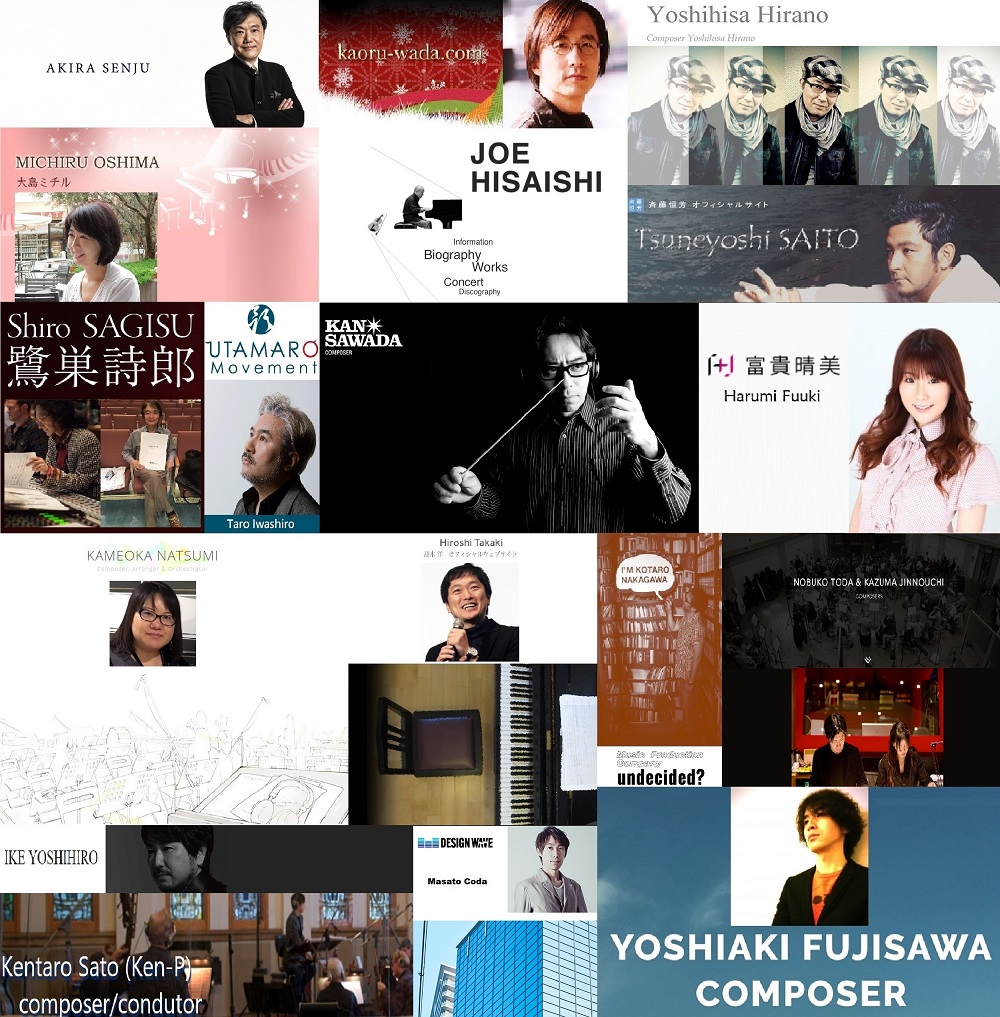
Major Japanese Composer Companies:
1. IMAGINE: Professional Music Production (Kohei Tanaka, Shiro Hamaguchi, Hayato Matsuo…)
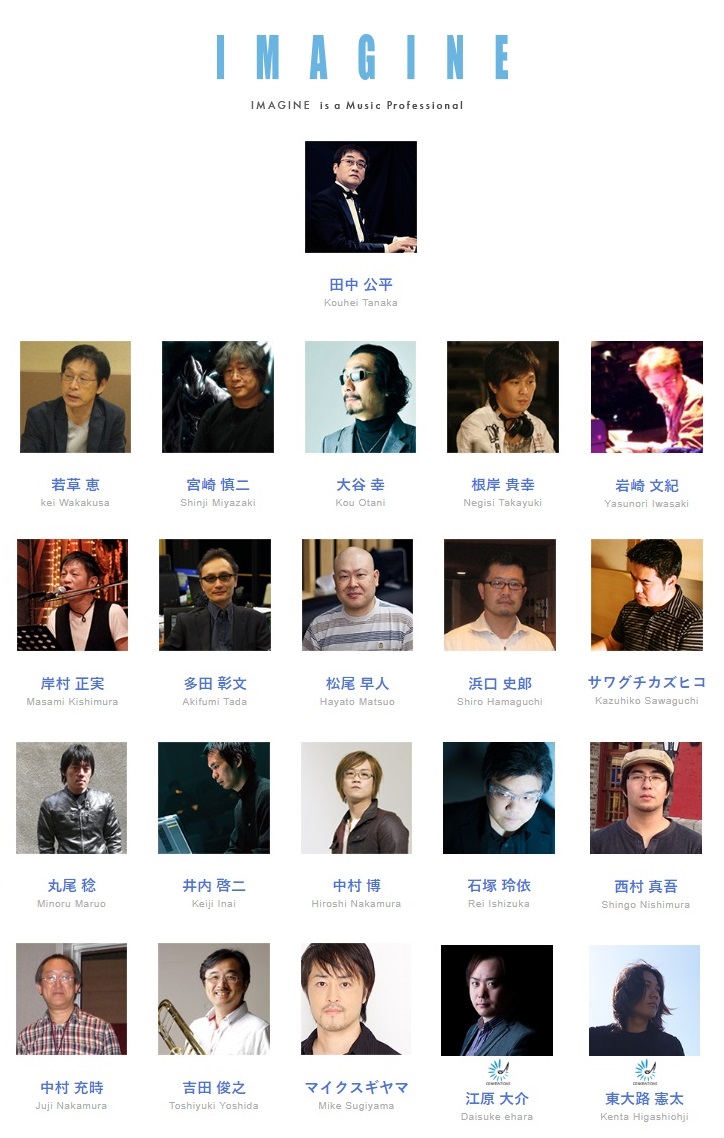
2. Facemusic (Takayuki Hattori, Toshihiko Sahashi, Naoki Sato...)
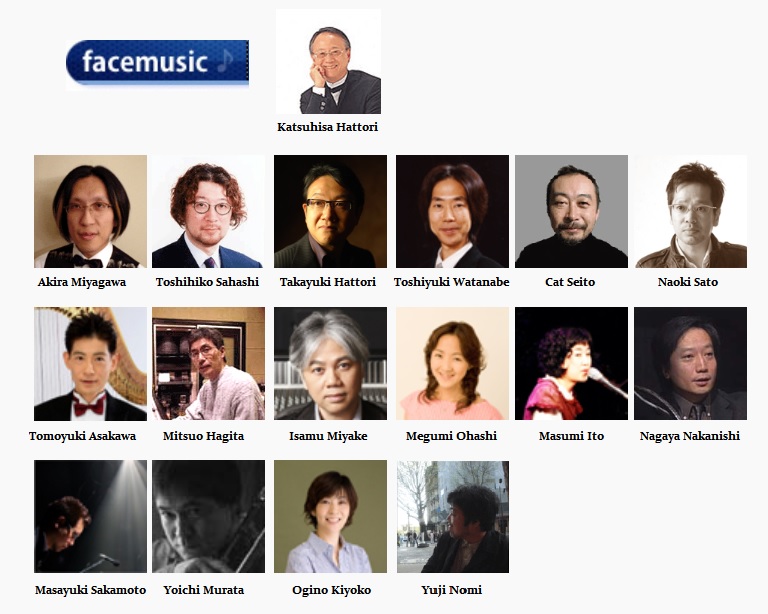
3. Fair Wind music (Reijiro Koroku, Kosuke Yamashita, Yuya Mori...)
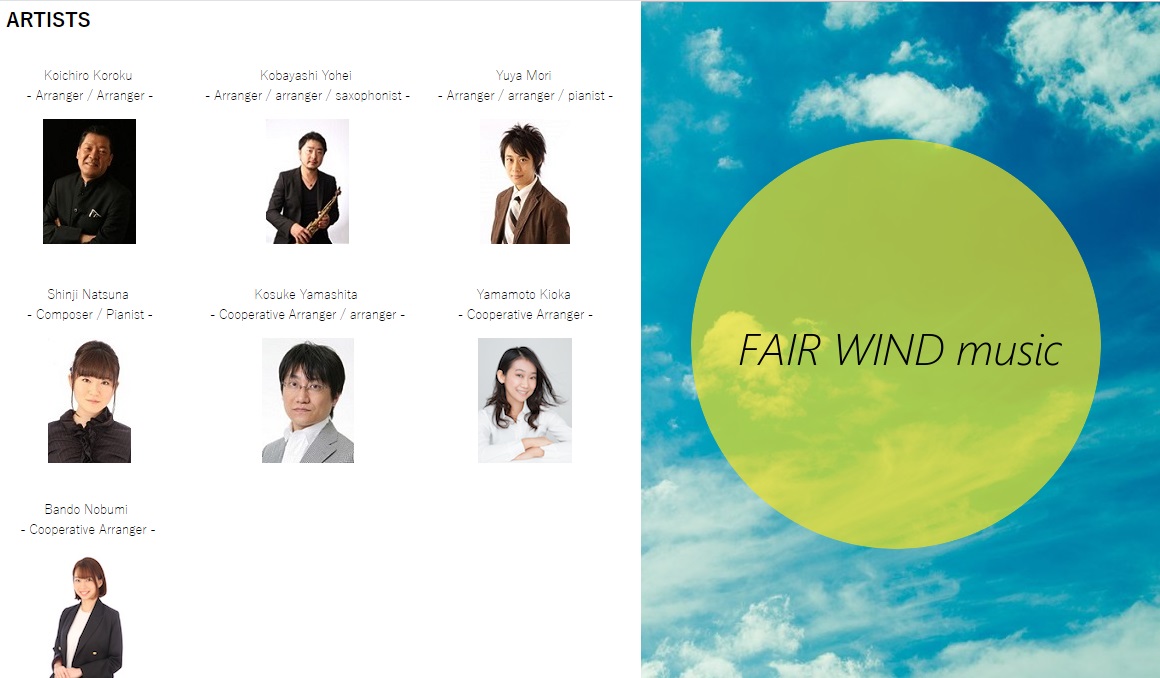
4. Basiscape (Hitoshi Sakimoto etc.)
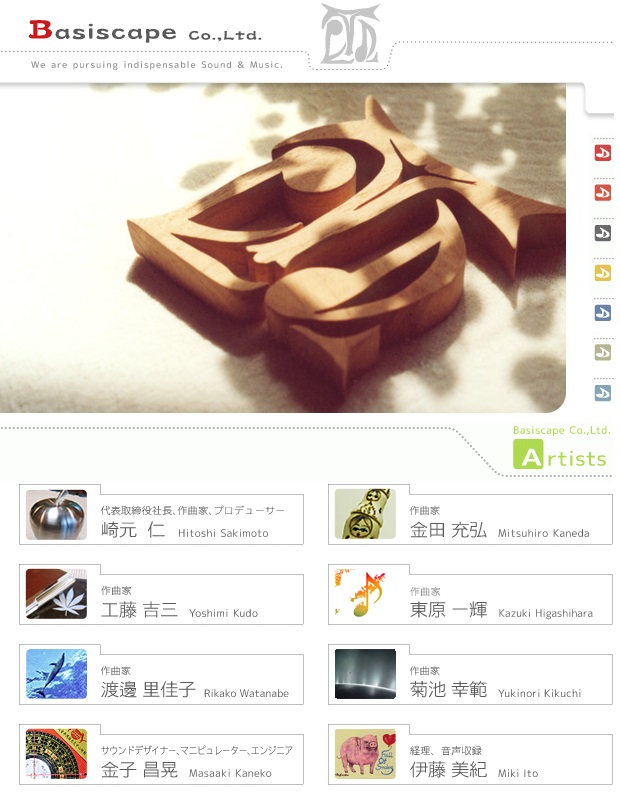
5. MONACA (Ryuichi Takada, Keigo Hoashi, Ken Namba, Satoru Kosaki...)
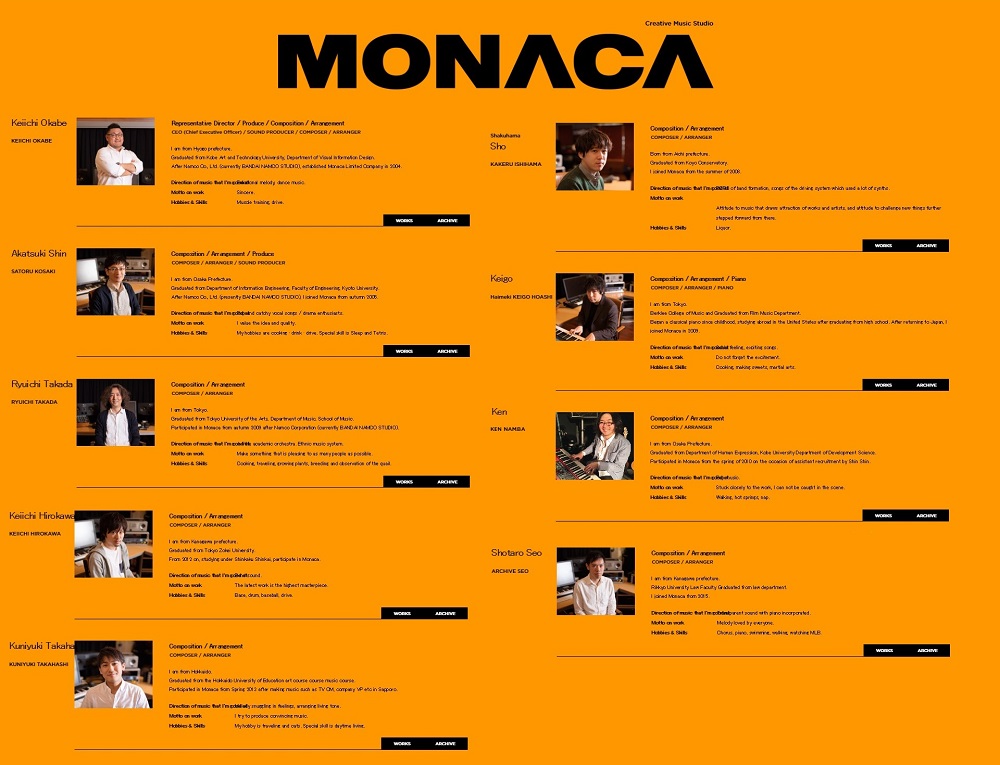
6. 1Music (Yugo Kanno, Kenichiro Suehtiro...)
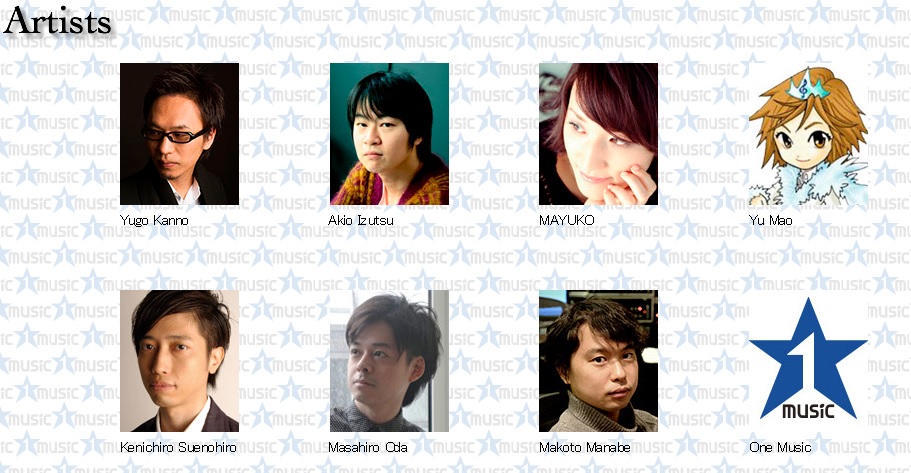
7. Office Without (Taku Iwasaki etc.)
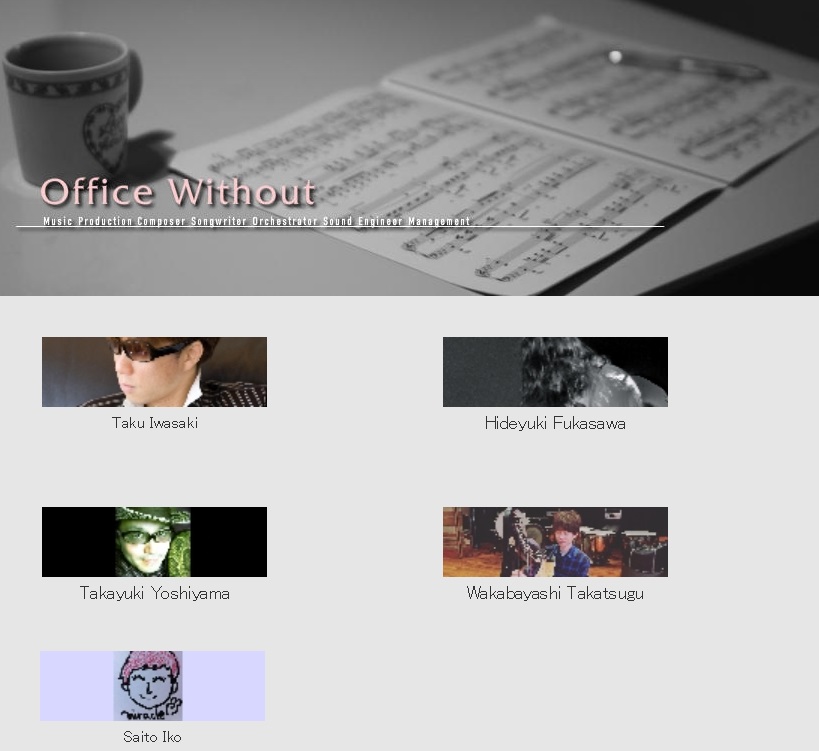
8. Miracle Bus Corportation (Evan Call, Kei Yoshikawa, Masaru Yokoyama...)
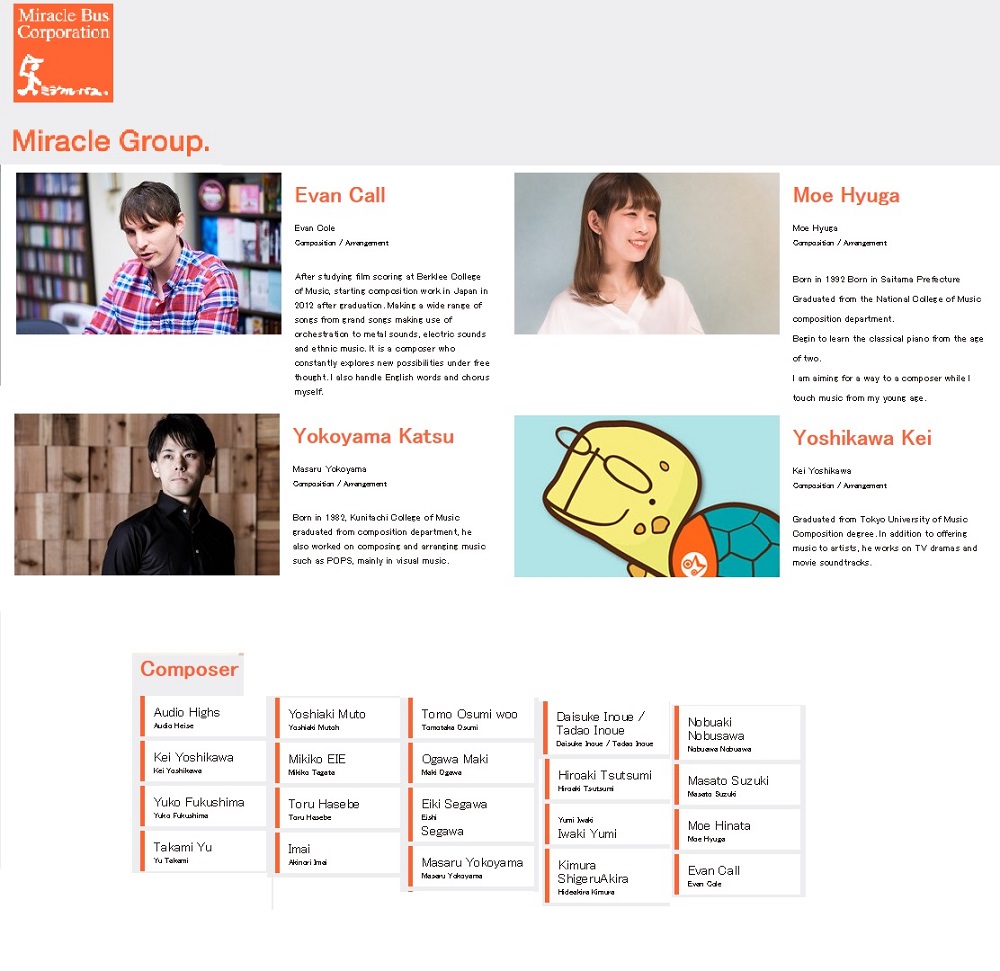
9. Noisycroak (Hideki Sakamoto etc.)
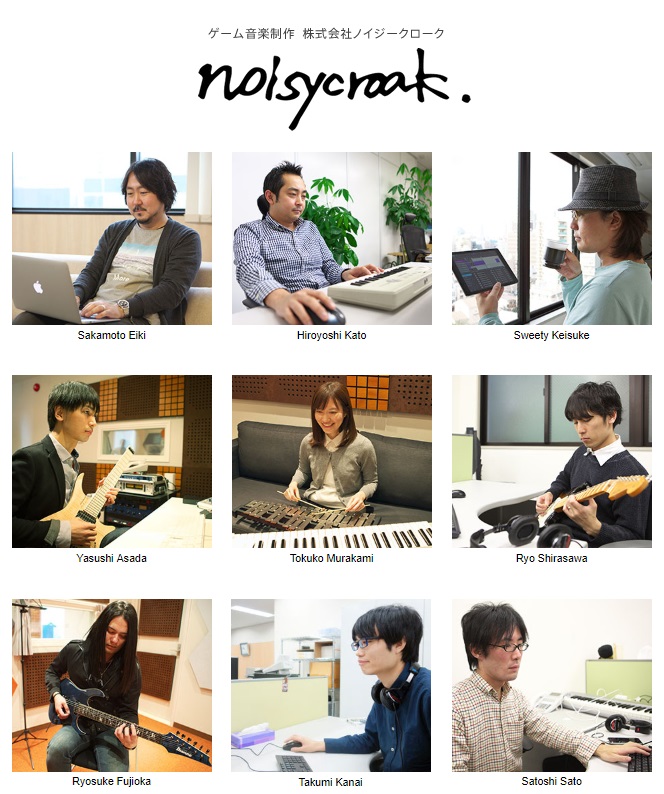
10. PIANO (Yoko Kanno, Taro Umebayashi...)
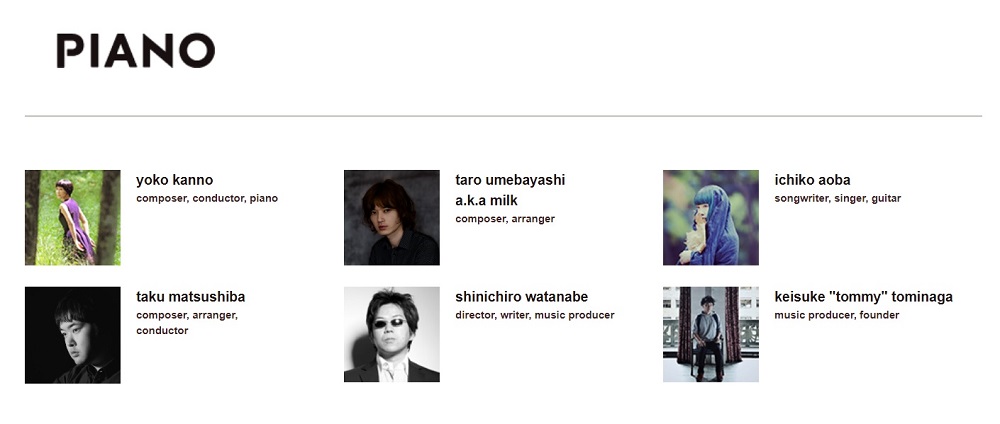
11. Procyon Studios (Yasunori Mitsuda, Mariam Abounnasr etc.)
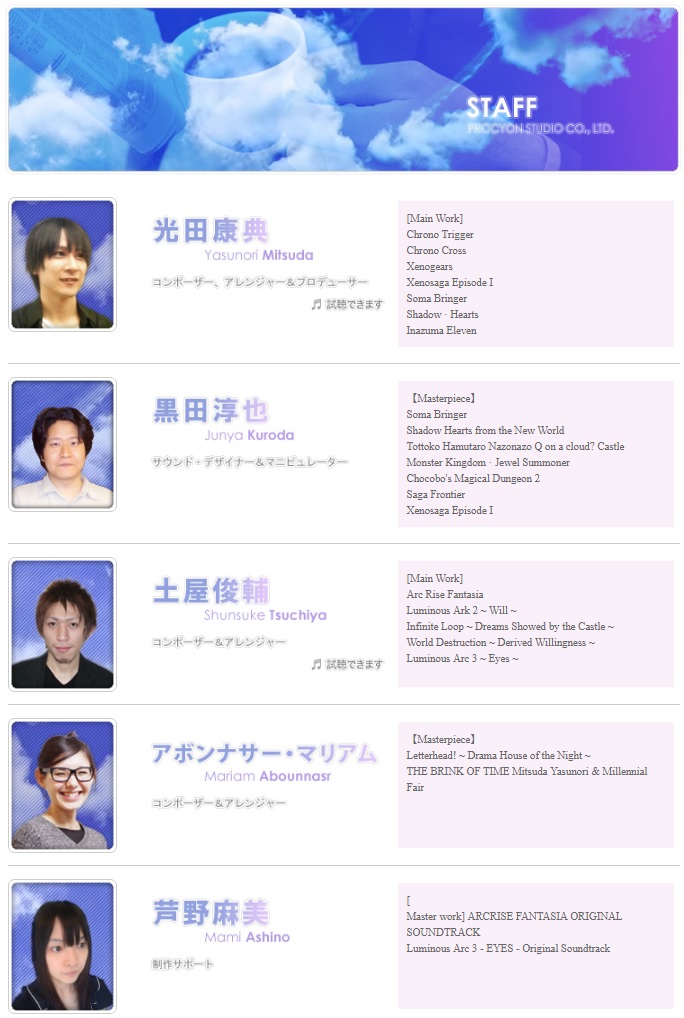
12. Creek Ltd. (Shunpei Ishige MICHIRU, Kei Haneoka, Daisuke Shinoda etc.)
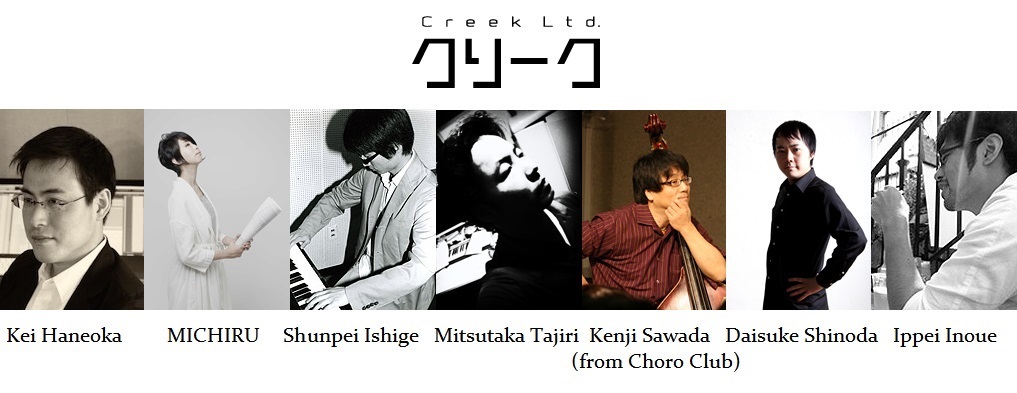
13. Team-MAX (Yasunari Takanashi, Hiromi Mizutani, Shuji Katayama...)
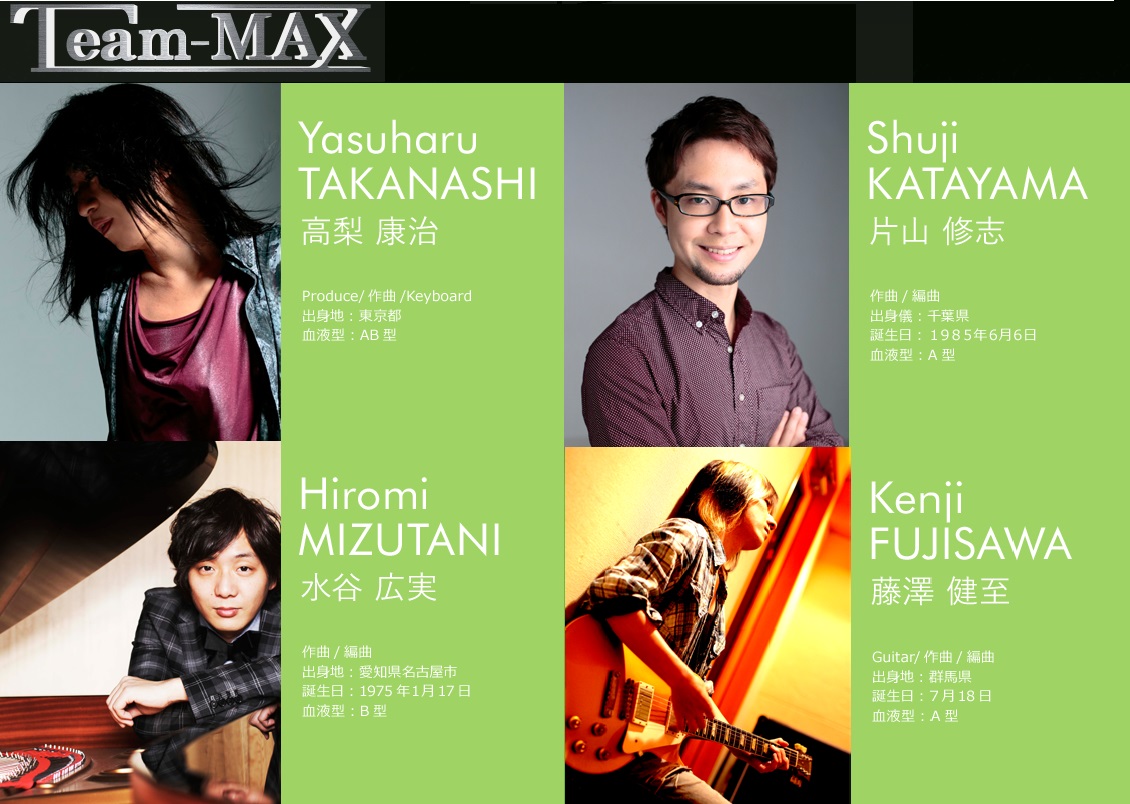
14. Legendoor (Asami Tachibana, Yuki Hayashi etc.)
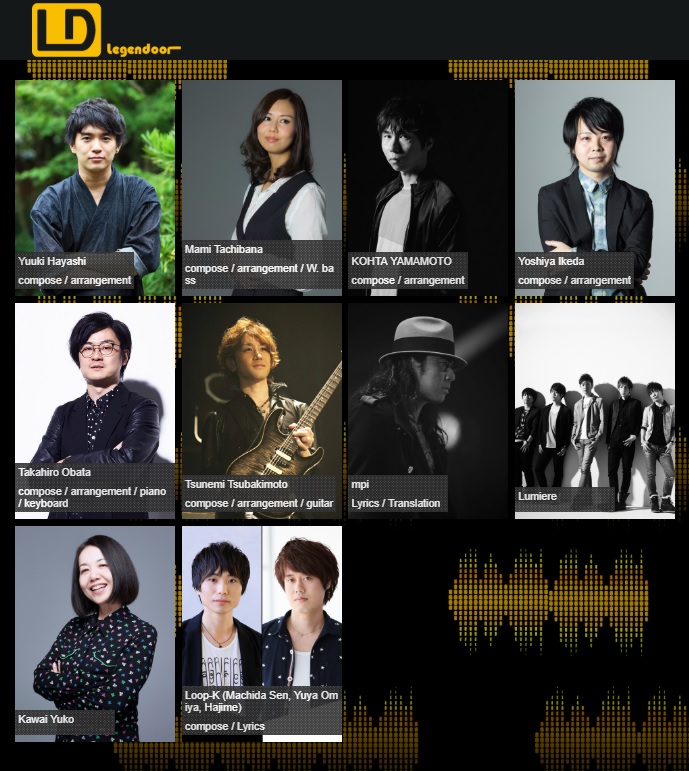
The Big Companies who produce and distribute Anime and Games (and recently its music) from 2018 onward
1. KADOKAWA Corporation (Anime, Games, Live-Action, Music, Concerts)
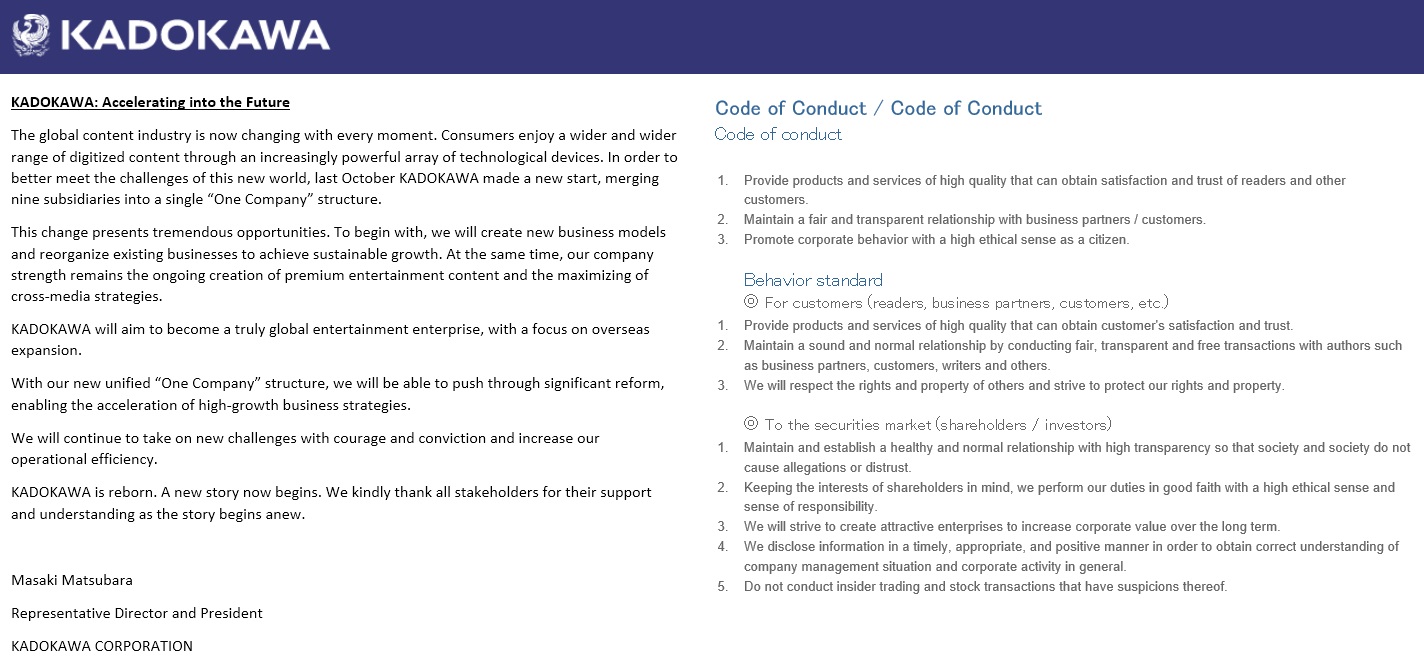
2. BANDAI NAMCO Arts (Anime, Games, Music, Live Event, Concerts)
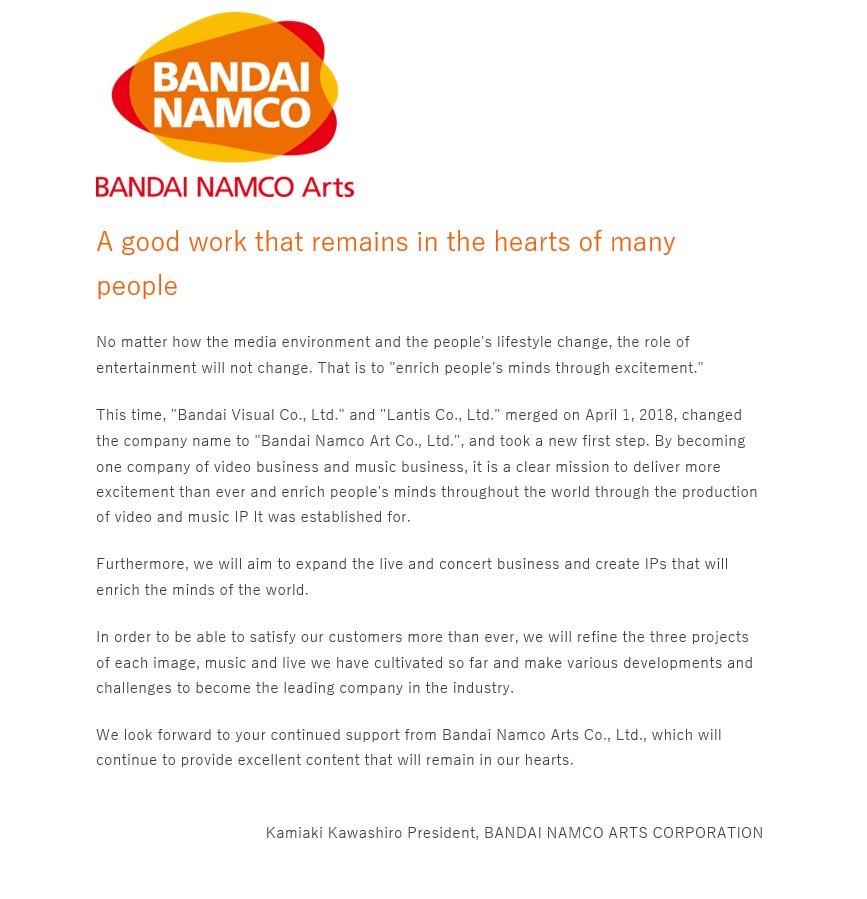
3. SEGA (Games, Anime, Live Event, Music)
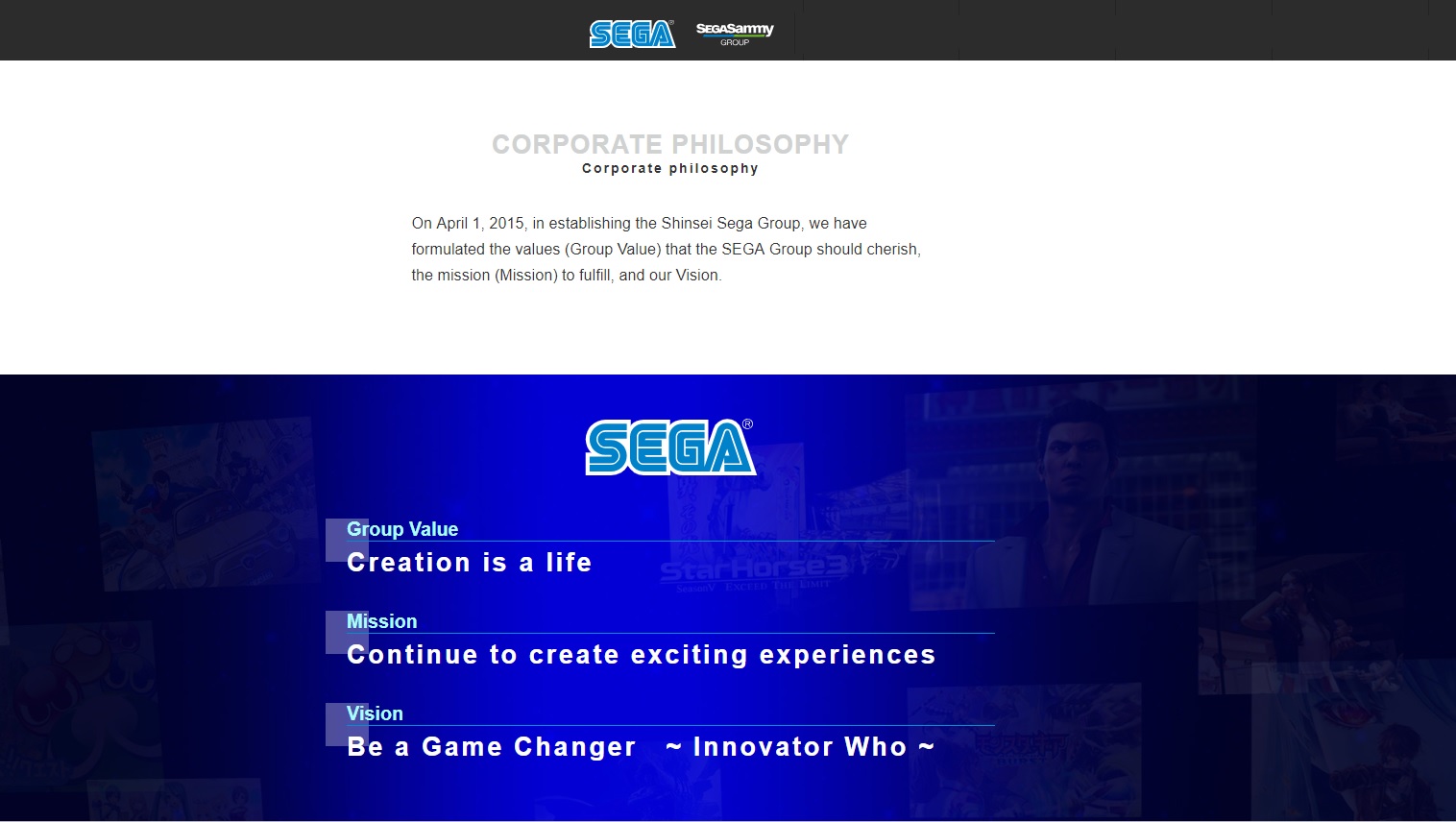
4. Warner Brothers Japan (Anime, Game, Music, Live-Action)
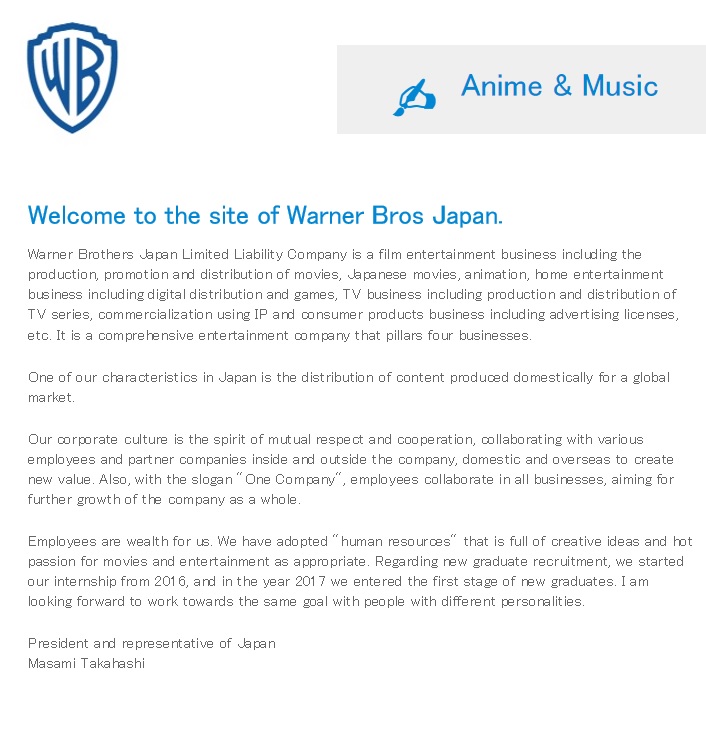
5. Nintendo (Games, Music, Live, Concerts, Animation)
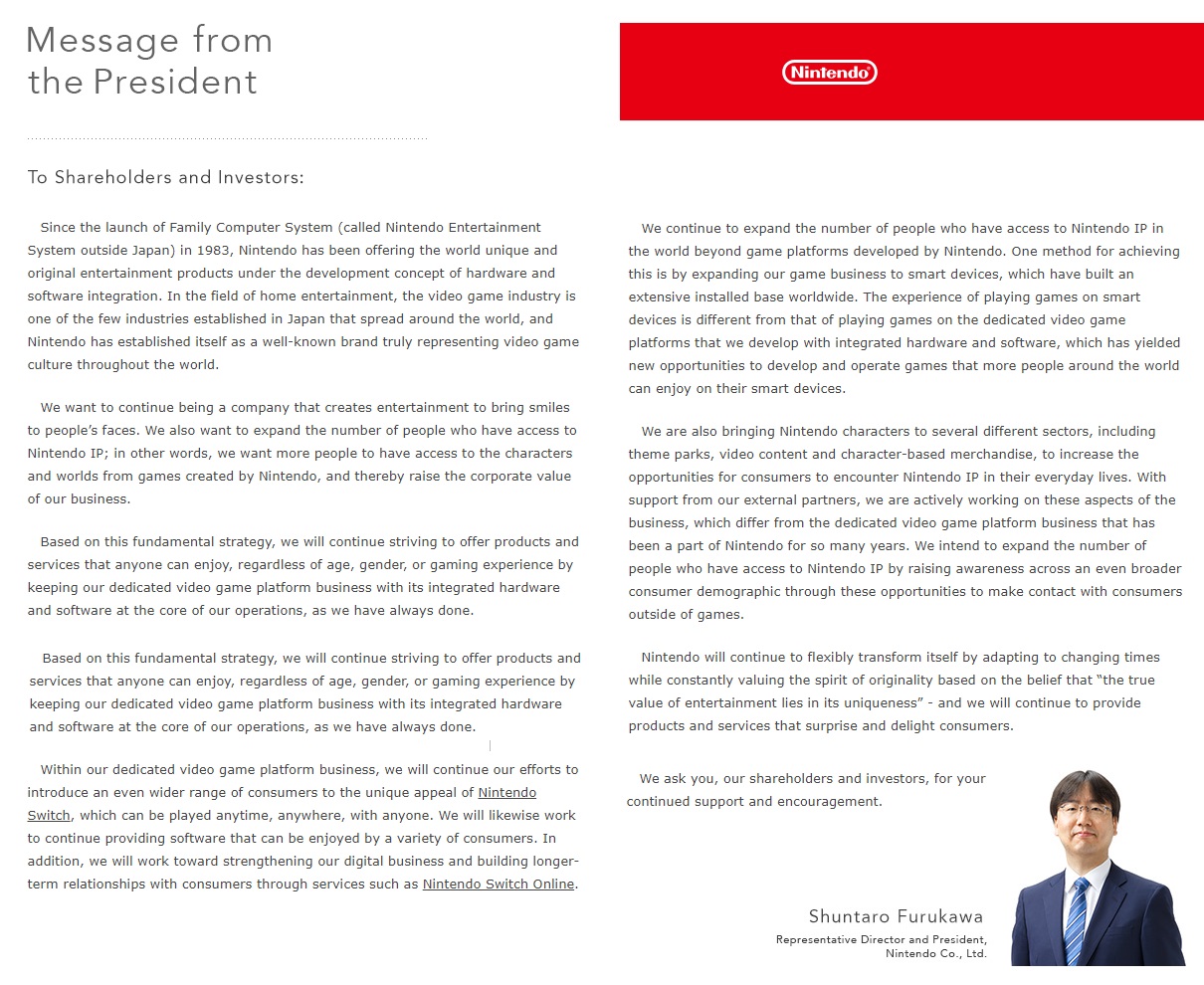
Newcomer in Big Company
6. Cygames (Games, Anime, Music, Live Event)
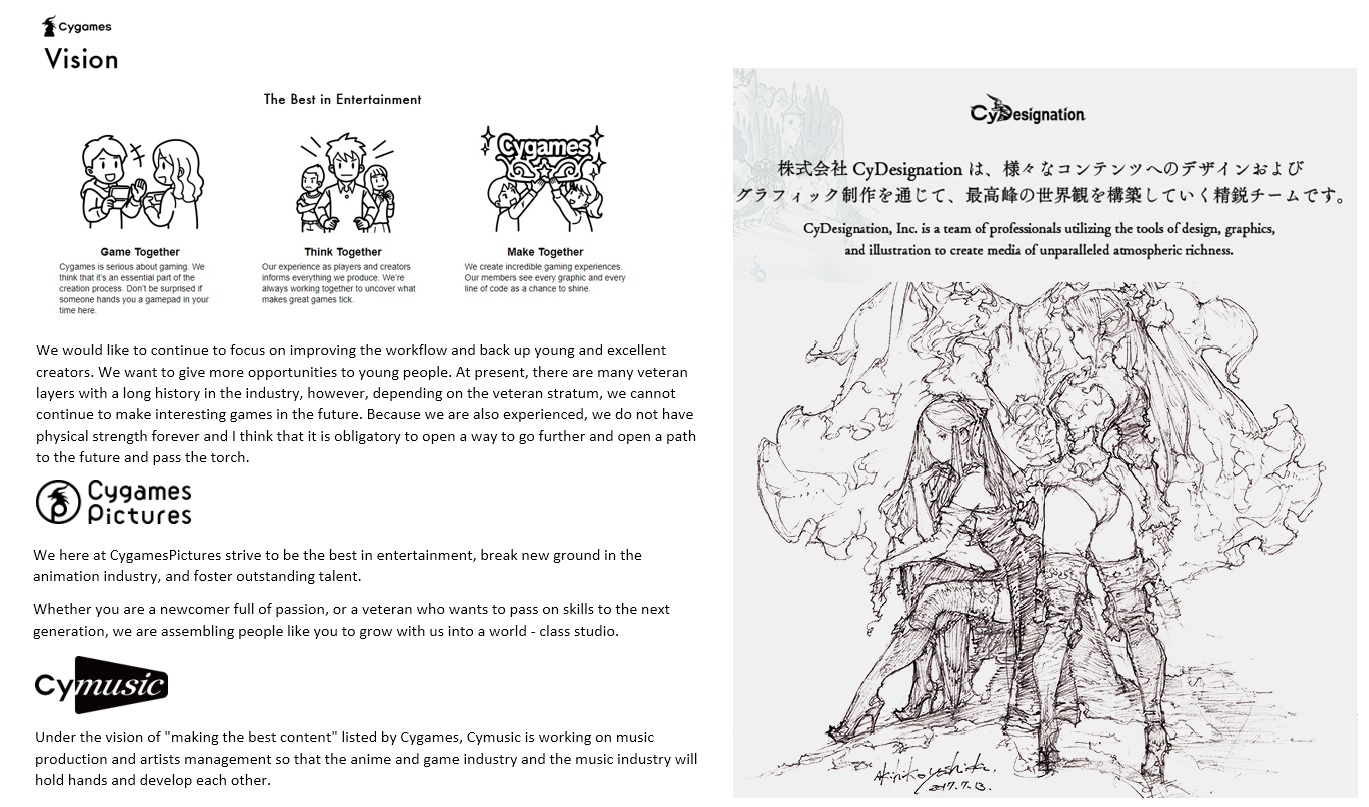
A little industry insight into the Big Anime Studios from 2018 onward
1. Sunrise
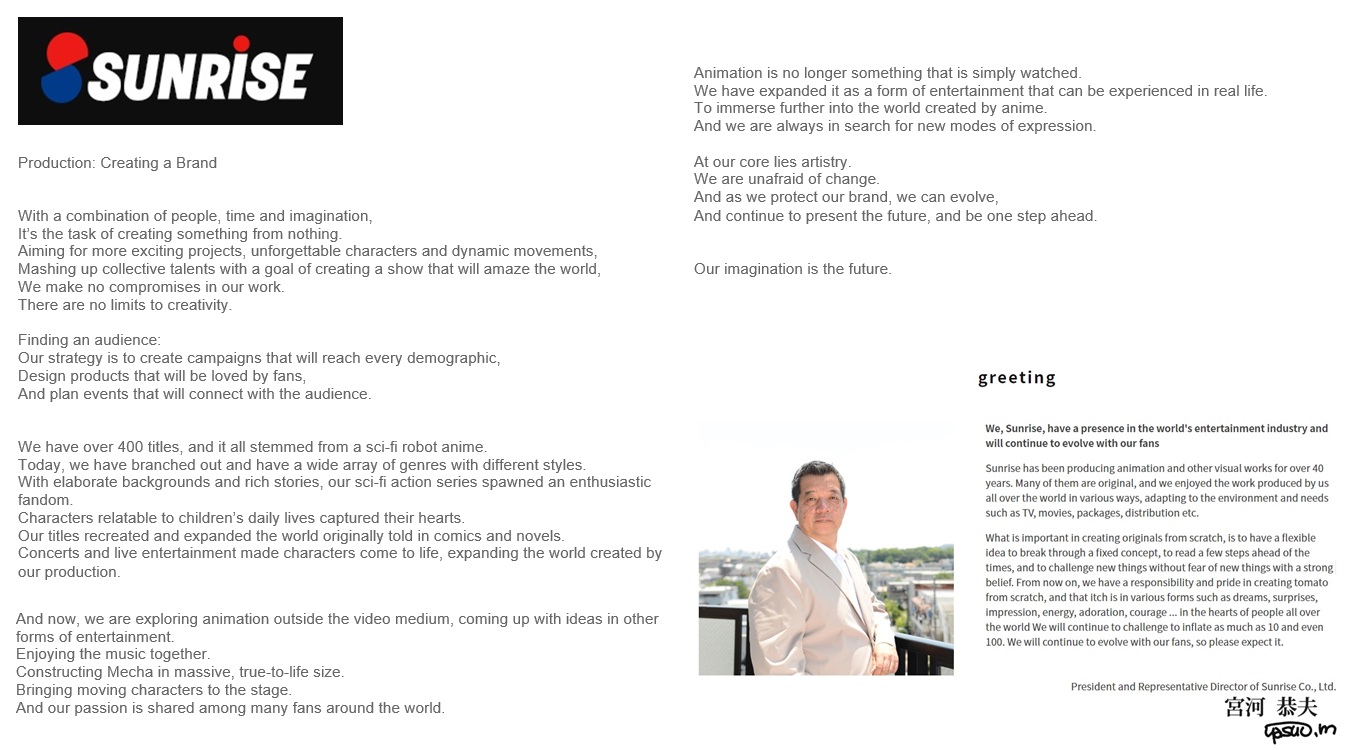
2. Bones

Insight into the Studio (https://otakumode.com/news/5bc11f7889172b6a7aa76bc8/Anime-Site-Collaboration-Project-Vol-2-bones)
3. Trigger

Insight into the Studio (https://otakumode.com/news/5bc959321671c93210f5e1dd/Anime-Site-Collaboration-Project-Vol-3-TRIGGER)
4. P.A. Works

Insight into the Studio (https://otakumode.com/news/5bff810cdd0d15974b91345f/Anime-Site-Collaboration-Project-Vol-6-P-A-WORKS)
5. Kamikaze Douga
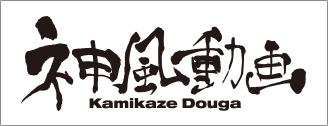
Insight into the Studio (https://otakumode.com/news/5b6177b113935f4517cc6357/Anime-Site-Collaboration-Project-Vol-1-Kamikaze-Douga)
2.4 The Big Franchises and contemporary Anime

Pokemon is now the biggest media franchise on the planet, many of their biggest media franchises (some even from the 70s) are ongoing, growing ever stronger and expanding, from One Piece to Gundam. One Piece has A LOT in the works, stageplays and musicals are just the beginning, orchestral concerts and albums will soon follow and World Seeker will not be the last major One Piece adventure game. Every big Japanese media property is under a project of making it last for at least 100 years and seeing how Lupin III and Doraemon are ever strong with new optimism https://www.lupin-3rd.net/ (check out their websites) and these franchise are half a century old, its save to say Pokemon, Gundam and everything else will be around long after we are gone by the way things are proceeding.
One Piece for example, like many other Japanese franchises, is world-wide known and loved while old Hollywood franchises like Star Wars fall out of favor fast in the global world, thanks to incompetence, no creative freedom and lack of passion with skill, which is a combination the Hollywood industry just doesn’t have anymore while Anime and Games is still full of creativity, skill and passion to an absurd degree that its unbelievable they often get a huge budget to execute all those crazy ideas.
Liz and the Blue Bird, from a production and creative standpoint is just fantastic, complete creative control of a director, making a personal statement using an established franchise and understanding music on the same level as the composer and both know their classical education. It’s a delicate and considerate movie with much French film flair, just like Maquia is about the full expression of a female mind about motherhood. All the epic fantasy movie stuff is just background decoration.
Or Mizushima’s Girls und Panzer: Der Film and recently FINALE, early on its quite noticeable that EVERYTHING about this franchise is passion and genuine love. There’s ZERO cynicism in it. No political projection, no arthouse, no pretentiousness, no restriction, no greed, it started just as a passionate little project for a specific audience, not necessarily needs a certain age to be enjoyed but there’s countless references to old war movies, real historical events and little things you have to have quite a bit of knowledge of film and history (and technicality of tanks) to smile at. Its made by people who love old Hollywood and European war films (and their music), war machines and cute anime garls. At least Mizushima loves them so much he expands from land to air in a few days and excpect a score that will take you back to the days of Battle Over Britan and Squadron 633.
https://www.crunchyroll.com/anime-news/2017/07/04-1/girls-und-panzer-director-mizushima-invited-by-finland-embassy-for-interview
It’s no wonder this film exploded in Japan and made GuP one of their biggest domestic media franchises. It happened not because of greed or corporate decision but because of creativity and passion. Oh, and do I need to mention that Mizushima is, besides a passionate anime director, a Musician as well, and there are a lot of his kind working in the industry ;)
From this intense passion you just can’t help to look deeper into the industry once you’ve been hooked on it thanks to the pure musicality of it all and behind the shows, games, and films there’s far more passion, skill, artistry and genuine fun to be found than greed and profit business-suits. You don't work in this industry if you look for a job, you work there because you have passion for the things you are doing, and for me, nobody embodies that quite like Tanaka.
For reference here is how the world’s biggest media franchise, one of the world’s biggest media franchises and anime in general look and sound in 2018:
Dragon Quest (https://www.youtube.com/watch?v=XWFzRPymJ8c&t=19s)
Doraemon (https://vimeo.com/298476154)
Pokemon (https://vimeo.com/308125466)
Gundam (https://www.youtube.com/watch?v=2L8oNhWAolI&t=9m53s)
Space Battleship Yamato (https://vimeo.com/279871715)
Godzilla (https://www.youtube.com/watch?v=iCHOO4o5hiI)
Saint Seiya (https://vimeo.com/308888075)
Girls und Panzer: Das FINALE (https://vimeo.com/308888331)
2.5 Japanese Media in 2018
Anime and Games: Orchestral Stories

Missing Track 87 (https://picosong.com/wmRdr/)
Part 1 (https://mega.nz/#!PeZ2FagQ!IoiUO5onoVCRTiZPHzAeHmA13HTUeU9aHo2RmbSTjC8) / Part 2 (https://mega.nz/#!TKIUlYSD!8_o7dnPp27FS7PN24svY8XQPaYZaWcDj1XdigBGwngg) / Part 3 (https://mega.nz/#!CbAAiKZb!P-mTOXnW7PPMzgzxD0XBprm287hjeSHfAU2a3L9dNws) / Part 4 (https://mega.nz/#!XfIAhIBS!fBAYooPIdzcyrtEEQBh98V3IGmoRTHhDCjTVB0XGejE)
While last year Games were definitely on the stronger side, this year Anime makes quite a comeback. Shows scored by Tanaka, Wada, Oshima and Sahashi, a lot of stellar films and plenty of shows with orchestral scores. From Yamato 2202 to Lupin III to Gundam, these old franchises get revitalized yet again and it’s a joy to watch so much passion put into them. It is not surprising, since the various undertakings of various cultural programs and media associations give us a little taste of Japan’s New Era that will begin this year, an era that will influence the global world at large.
Anime and Games: 2018 in Brass

Sugar, Spyce and Everything Nice (https://www.youtube.com/watch?v=qzPdhSojOu4)
Download (https://mega.nz/#!qTQU2IDB!8KJ_5dTUzGJObbJk552fkBtxtptIlgRFVc2O8yDkQVs)
Two hours of Jazz, Funk and Big Band, two hours of 80s and two hours of orchestral Rock and Jazz... this is pure fun and sometimes stellar music, many artists blast it off in this album. Don't miss this!
2.6. Some guy from the internet
Hi everyone! My name is Alex, I’m from Tuscany (Italy) and I’m a music journalist focused on Japanese Music.
I’ve discovered Japanese music in 2010, during a particular moment of my life where I was bored of everything I was listening to… since then, my passion for music has come to life again. It’s been a turning point and a refreshing discovery, something that everyone passionate about music can benefit from, which is why I’d love to see Japanese music artists recognized overseas more often.
Why the Japanese music industry is unique
The career of a Japanese music artist isn’t that different from the rest of the global music markets, with a single/soundtracks/album/tour/live release structure that pretty much follows the common concept of the worldwide industry. Despite being a similar process, though, it’s still way more exciting and lively if compared to the western scene. Here’s a question to sum up the matter: when was the last time you saw a physical single CD in a music store in your country? I bet a long time ago. It’s understandable, since the digital services gained huge popularity in the last years.
Japan is still extremely attached to concept of buying physical CDs, and this, combined with the persistent reluctance in using worldwide digital services, makes this industry pretty much “old school”, but way more alive at the same time. While in the rest of the world singles are exclusively released through digital download services, in Japan not only singles still get released on physical CD support, and promoted as an extremely awaited and important moment of a musicians’ career. When a mainstream single is released, you can find advertisements for it everywhere: on buildings and skyscrapers, on trains, on trucks driving in the most crowded streets of Tokyo, on TV, on the Radio and, of course, in music shops, where the biggest artists get extremely huge promotions. It’s honestly a beautiful sight to me, and a clear demonstration of how music in Japan is alive and a constant presence in everyone’s life.
Obviously, fans themselves play a fundamental role in the success of the release: for them, it’s important to catch all the performances and interviews on TVs, to analyze the concept behind the music and the art direction, from the structure of the music to the outfits to the Music Video and the covers; they go to music stores the day before the release date, because they know that during Flying Get (that’s how this day is called) they will already find their favorite music shop adorned in huge ads and monitors promoting their favorite artists’ new release, usually available in at least two versions: of course they’ll go with the Limited Edition, cause it has an extra disc and, and they may even get a bonus poster with it!
It doesn’t matter if it’s a single, an album, or a Live Blu-Ray/DVD: this happens every time a mainstream artist releases a piece of its discography. Compared to how things work in the western world, reading all of this might be summed up in a single word: craziness.
But it’s not. And you know why? Because it’s your favorite artist. The person or group that writes your favorite songs, that writes your favorite music, that conveys all those feelings to you with songs and melodies you would never stop listening. Or simply, the one that makes you feel good even in bad days, always fitting your mood perfectly. Music is one of the most important things in life, and the best you can do as fan is to support it as you can. It’s a form of gratefulness that has its roots in Japanese culture.
Either you’re searching a specific genre played in a different key, or you’re tired of the same old stuff you can listen to everywhere, Japan is the right placewhere to satisfy all your music needs.
Due to its huge dimensions, the Japanese music industry is unavoidably filled with standard sounding groups and artists, but also (and in a pretty large part) with original artists, and this is definitely one of the things that will drag you the most into the depths of this music scene. While many represent clear genres and don’t necessarily create something innovative, many others can really stand out of the water thanks to the amount of creativity in both the musical and artistic side. You can find many artists making a classic genre in a very personal way, or other ones mixing completely different influences together obtaining innovative and valid results. While there are many artists doing the same thing around the world, many Japanese artists seems to be more open minded than certain western artists, avoiding to impose themselves limits of any kind.
Japanese artists mix many different genres together (classical, film score, jazz, electronic music, club music, rock, pop rock, progressive and more) under a quite easy listening key, showing impressive skills and a boundless approach to music composition; I genuinely think the most important things in music is to convey feelings, and there is currently no other place on earth embracing it like Japan. Music over there is a unique entity, instead of imposed with limits that would only get in the way of the creativity.
It’s usually hard to see particularly innovative groups and artists gaining popularity and reach the top of the charts in the western side of the world. Yet, the Japanese audience can get to know and recognize such acts thanks to the exposure that environment makes possible, reaching the top of the charts and bringing fresh and innovative music to the masses; as consequence, more people have access to sophisticated and valid music, resulting in an overall richer musical culture that’s free of boundaries. Pretty great, isn’t it?
That’s why Japan is the second biggest music market in the world: because it’s maintained by artists and fans full of love and passion towards music, and everything that surrounds it. After all, can you imagine life without the music of your favorite artists? The slogan of the well known chain Tower Records summons all of this in the best way and answers all the questions:
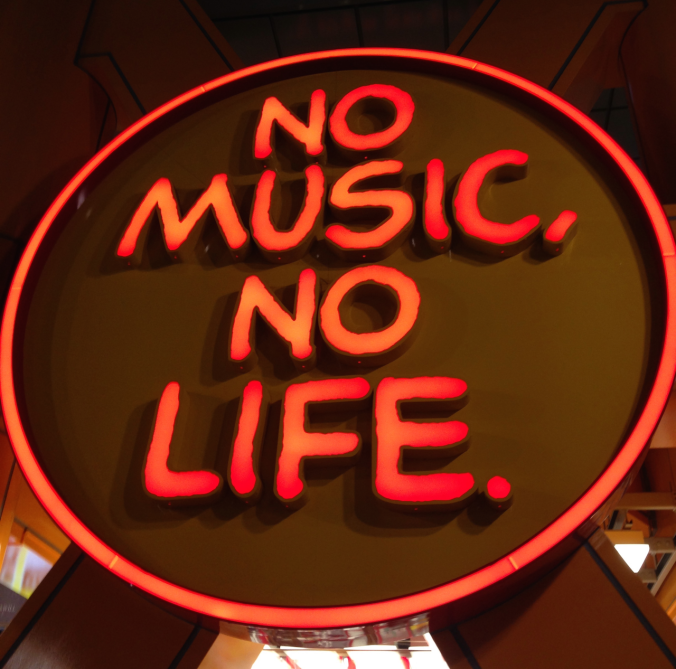
In the words of Naoki Sato, through excellence in music and art, "To A New Era".

Presented and arranged by Vinphonic
The End of an Era, the Beginning of a new Age

Four Decades of Anime & Games (https://mega.nz/#!aOQlyKwa!CvLkqWBinjEg_yyDXvaBvJMRs8G5_bw6mRJ2ree5pIY)
"To describe our new era, if you say it in one word, it would be “good future”. Now we have to make the effort and live and plant the seeds for future generations to live through days of excitement. If you have a future for children to come, we should do what we can do with responsibility to inspire their hearts and be the best we can be. I think that my piece for next year “to the new era” goes up with such hope. I wrote it with a sense of euphoria, hope and expectation, a brilliant and magnificent piece that is a tribute to the new era of Japan, hope and expectation, as well as a tribute to the age we leave behind."
TO A NEW ERA (A gift from a dear friend) (https://www.youtube.com/watch?v=Diy0yn8rl6U)

- Naoki Sato (Imperial Composer and music director for the transition to a new age)
The Heisei period (Heisei jidai) is the current era in Japan that soon comes to an end and a new era for the Land of the Rising Sun will begin shortly after.
The Heisei period started officially on the 8 January 1989, the day after the death of the Emperor Hirohito, when his son, Akihito, acceded to the throne as the 125th Emperor. In accordance with Japanese customs, Hirohito was posthumously renamed "Emperor Shōwa" on 31 January 1989. The Heisei period will likely end on April, 30th 2019 (Heisei 31), the date on which Emperor Akihito is expected to abdicate the Chrysanthemum Throne.
Naoki Sato was given the honor to write a piece for this occasion and wrote a piece for the holy regal ceremony of the Emperor and the beginning of a new age for Japan.
Across the country, various tributes are being made or are in production for Japan’s transition into a new era, from government official affairs to franchise projects like Kamen Rider Generations (Music by Kenji Kawai and Toshihiko Sahashi) to new anime projects in relation to the end of the Heisei period to over 200 illustrators gathering for an Artbook (on my cover).
Many gatherings were held, by associations, industry people, artists, musicians, all discussing how Japan will answer to the changing times and its now global entertainment industry.
An agreement was made by government, business and artist: To cooperate together, to make profit through excellence in art, trust in each other and to pass the torch to a new generation and excite the heart and minds of the people of the world through Japanese entertainment and cultural exchange. To demonstrate the art and craft that will make especially Anime and Games the leading medium for classical music and excellent art in all fields in the 21st Century. Various company statements are in another chapter below.
In the spirit of Japanese Animism and general anticipation for the future, Anime and Games are now strongly rooted in the world's global entertainment and present in everyday lives, of course most culturally significant in Japan itself.
This year especially, there have been numerous important business developments, on the economic as well as the artistic side and the whole Anime and Game industry of Japan, from music to software, is noticing its unique stand in the world and its global potential. The music side will be covered in depth in a chapter below.
In addition, the desire to pass on the torch to a new generation is present from stakeholder events to music schools. Another important factor is the preservation of classic media franchises, from Gundam to Super Mario to Lupin III to every major property of the medium, while updating its visuals and story to current digital times to stay true to the original, so much they are scored just like they would be in the 1970s. Numerous concerts for classic Anime and Games franchises were performed, are being announced or in production. Lupin III: Part V is a perfect example how a classic franchise will work in the age of digital entertainment in Japan, on a meta level discussed in episode 23 of the show:

Case Study: Preserving classics from the 20th Century in the 21st Century (https://vimeo.com/307842188)
But first things first, to get to the current year and a possible future of excitement, we have to take after the advice of the active brigade of legendary Japanese composers and honor and pay tribute to the past before embracing the future.
To do so, we will journey back in time, because it is vital to listen to this collection first before the following chapters really ring home.
I. An orchestral Journey through four decades of Anime and Games.
Pretext:
I drew a statue for each decade with one specific year and made four pillars of Japanese Music History. It is not massive, you can actually listen to it all in a day but it is perhaps my most poignant release and a coherent score made up of little individual score cues that form little building blocks that in total make a triumphant statue for each decade.
In total it is 200 pieces of music that form a temple of orchestral music.
The eighth year in a decade is a perfect point to do it now (and it has to be done now since Japan will enter a new era next year) because the general environment and style of that decade has been solidified and it’s still a year away before the transition to the next. Logically I could not include the 70s and the infancy of Anime because Games Orchestra as a medium was only born in 1987 with the Dragon Quest concert.
I also included for reference points, every Taiga Drama and Sentai series that aired in the respective years. I could not do this for other long-running series like Doraemon because not all are available from the respective years.
So each date stands for a decade. It would have been perfect to cover all years, instead of just one entity but that would require a team of 100 people.
Perhaps take a day off, and especially in the holiyday season, take a day of your time, listen back to back or one album per day. Do it while working, gaming, relaxing or serious listening and you will have a magical time.
First, let’s journey to the year 1988, the birth of orchestral game music, and go through each decade of Anime and Game Music by a specific year. So let’s start with the first decade, the 1980s:
1.1. Anime and Games Symphony: The 1980s

It was the period of Koichi Sugiyama, Seiji Yokoyama, Kentaro Haneda and Rejiro Koroku. It saw the rise of Kohei Tanaka. Disco reigned supreme and a few professionals made stellar timeless music. In the live-action department, Tatsumi Yano ruled with a style that Toshiko Sahashi would succeed in the 90s. Games were not fully orchestral yet but received arrangement albums by Sugiyama and Haneda. Orchestral recording from that era had a very specific sound and often incorporating synth and disco elements.
1.2. Anime and Games Symphony: The 1990s

It was the decade of Masamichi Amano and saw the rise of Toshihiko Sahashi and Yoko Kanno to stardom. It saw the rise of Michiru Oshima and Takayuki Hattori who wrote catchy theme after catchy theme. Kohei Tanaka wrote legendary music and Joe Hisaishi recorded a masterpiece with Princess Mononoke Symphonic album. Kow Otani and symphonic albums were a prominent constant. The first orchestral game concerts were produced and fully orchestral scores appeared in games.
1.3. Anime and Game Symphony: The 2000s

The 2000s saw the creation of many grand orchestral works with Symphony Orchestras, from Fullmetal Alchemist to Romeo X Juliet to Hellsing. The early decade was ruled by Toshihiko Sahashi, the late half by Yoshihisa Hirano, Taku Iwasaki and Kosuke Yamashita. Hitoshi Sakimoto ruled the game music scene and it saw the appearance of Yugo Kanno and Hiroshi Takaki. Orchestral Game scores became more commonplace and orchestral game concerts started to become a common occurrence.
1.4. Anime and Game Symphony: The 2010s

The first half of the decade saw the rise of Michiru Oshima to stardom, and the creation of many stellar works from Space Brothers to Break Blade. The late half saw the rise/resurgence of Takayuki Hattori, Yasunori Mitsuda and Kaoru Wada. It is the decade of the return of old veterans, from Kohei Tanaka to Toshihiko Sahashi, the fusion of Shiro Sagisu and Masamichi Amano who produced masterful works and the appearance of concert works in soundtracks and the explosion of Anime and Game concerts.
Also an explosion of new composers entering the scene and the amount of classical music/works in/on soundtracks. Game scores became more and more orchestral, performed by major Symphony Orchestras to big studio ensembles, from Ni no Kuni to Valkyria to God Eater 3.
The year 2018 also deserves special mention as the last year of a Japanese era, the Heisei period. This year especially, old and new are joining in harmony to the future with an abundance of orchestral scores and classical pieces.
As a special note:

The most important aspect for me is that of all four decades, only one composer was active in all of them: One man who would rise to the very top of the anime and game industry and who is now its musical face: KOHEI TANAKA
Present and working in all four decades, losing none of his vigor and energy, gracing us with wonderful music and hopefully another decade of glory.
The Legend will never die! (https://picosong.com/wuk9H/)
I would also advise to listen to the 2018 year while proceeding further.
II. Japan to a new age
2.1. Japanese Composers and Musicians in the Digital Age

“Embrace New Technology and honor the past, that is what I do. Classical music and minimalistic music will live on through my music”.
- Joe Hisaishi
“We will preserve the classical world and by incorporating new technology and trends create a new style of classical music to succeed it. Anime-Style.”
- Toshihiko Sahashi
“Technology is necessary and has made my life as a composer easier but I would advise to first study music properly. Technology without musical foundation is not desirable but when combined can lift your mind.”
- Michiru Oshima
“In order to be the musician you can be you have to learn from old things first before trying new ones. Technology in our age is a wonderful thing but as composers we first must indulge in 2000 years of music history. You will fly to your greatest potential if you honor the past and embrace the future.”
- Kosuke Yamashita, Toshiyuki Watanabe, Keiichi Oku
“Recently I feel Japan has become some sort of Last Bastion of upfront melody and music that sings. I would like to continue write music to excite and be sing-able."
- Akira Miyagawa
“From now on, as an important point of Monaca's philosophy, we will pursue relationships (partnership) that trust each other. We believe that the mutual cooperation of customers (companies), creators (cooperating parties), and staff (employees) can build relationships that can create attractive content and profits. If you can create a lot of people's excitement and be of service to everyone, that is the wish of Monaca.”
- Representative Director Keiichi Okabe
“Our music is forever! 20 years ago I wrote the theme to Sakura Wars and its still present in the daily life and hearts of many people. As a father of this song, I’m most proud of my child. Anime and Game music will adapt to current technology and be stronger than ever, exciting the minds of many people. I will continue to do my best and make music that people will cherish forever.”
- Kohei Tanaka
Mobile/Arcade Games with Symphonic/Orchestral Scores and/with the Return of legendary Composers

For the new age and the spirit of new Anime and Games, old veterans assemble a new. You work on some mobile game and then you are back on the scene. Good thing Yoko Kanno worked on one recently.
How does scoring for Anime and Games work in 2018?
1. The media director either decides on a composer or the production committee has contracts and/or contacts with various labels and agencies who assign one of their composers on the project in question.
2. Once a composer/composer company is decided upon he is called to a meeting with the director/music director and staff and gets either a script or concept art & illustrations and possible demo for the Anime or Game. Most important he gets musical guidelines what to include and the general direction of the music.
3. The composer gets to his office/to his home and does whatever he deems necessary for the work. If its locked to picture he gets a copy of the storyboard/unfinished scenes and has to match the music accordingly.
4. The composer returns to another project meeting either for a deadline or per request and then either the director, the sound director, or both give the greenlight and then he gets to record the music with a live ensemble depending on the budget for the music of the production.
5. The composer records his music, usually in a small studio with striped sections (because of limited space available) or in a larger studio or hall with a full orchestra. Usually the director is present at the sessions, asks some questions and goes over the written music with the composer.
6. The sound director uses the recorded music in the editing process and the music distribution label of the project decides if there will be a commercial release of the music in the form of a soundtrack, either as a bonus enclosure or as an official standalone release. The composer gets royalties for the music.
The Recording Units/Orchestra Units for Anime and Games Orchestra Music in 2018

From small studio ensemble in striped sessions (becaus of limited space) to major halls with the most prominent players of orchestral music for Anime and Games in 2018. Well over 100 scores were recorded with an orchestra this year.
2.2. Classical arts preservation in Anime and Games

The Anime and Game composers of the 80s and 90s are very active behind the scenes in various associations and music institutions and help teaching a new generation of composers, growing up in the worlds finest music education system:
An example (https://www.youtube.com/watch?v=yc3VbVf-bUI)
Classical Boom

Certain shows like Hibike Euphonium have further cultivated this boom.
Anime and Games and "Anime-Style" will preserve classical arts.

Their love for classical arts in all fields makes them preserve them and then create their very own. No place on earth has more appreciation and preservation of classical art and culture than Japan.
Orchestral Anime and Game Concerts are becoming a cornerstone of the medium and a natural extension of cross-media projects and franchise celebration

Liz and the Blue Bird, unbelievable attention to music:

Scene: Incredible animated classical performance (https://vimeo.com/307045349)
Making Of 1 (https://www.youtube.com/watch?v=bDNvW6qnZls)
Making Of 2 (https://www.youtube.com/watch?v=_0BZ4KcwyCY)
Idolization of the Orchestra/Classical/Jazz Instruments and its presence in everyday life in Tokyo and Japan

https://www.youtube.com/watch?v=p7rnjXM0PNU

https://www.youtube.com/watch?v=xEO5JU1o6Jo&t=20s
Japan is aware its a last bastion of film scores that jump out of the screen and overwhelm you with emotion and wants to preserve that tradition

Classic Hollywood Film Scoring (https://www.youtube.com/watch?v=X_sf-0_-39s)
Preservation of Classical/Film music in Anime and Games: Associations and Companies


How will animation change the world after 100 years?
We, the Japan Motion Picture Association Japan, launched the "Anime NEXT - 100" project with the aim of continuing the development of Japanese animation towards the next 100 years. Animation has realized communication between cultures beyond words. Through the viewpoints of people who continue to change the form of video, advanced technology and unique thinking, we will consider "- Anime's future" - the creation of the pure imagination and creativity that is the source of that - through the creator who is active in the animation industry, we will try to make a hypothesis about one form of future ". At the same time, we aim to disseminate Japan's animation culture and power with high impact to both domestic and overseas, and further link it to our daily lifes. While seeking to share the possibilities and challenges of animation in Japan with many people who are active in various genres, we aim to make progress and continue to create a future. A future of excitement and a new age that will "animate" the human being and epoch.

The World's soundtrack from Japan
It is a soundtrack specialized orchestra "FILM SCORE PHILHARMONIC ORCHESTRA (commonly known as Phil Phil). We perform pusing carefully selected projects and original scores from movie, TV, games, stage and other soundtracks. We would like to increase the opportunity to hear the music loved around the world on live performances. We want you to listen to concerts that the performers and the audience can enjoy equally with a feeling like going to the movies on weekends. We want to teach the important role of score music and want you to realize that it expresses and inherits the past while faithfully reproducing the performance technique and expression method of Hollywood periods for example. Members who love soundtracks gathered with such thought enrolled. Nobuko Toda, director and film music composer, accepted the unique world of soundtracks and its artistic expression method without being bound by a fixed concept, challenging future music with full-scale orientation from classics to hybrid music. As our first projects we want you to experience the full power and beauty of John Williams and have prepared a birthday concert for the maestro.
2.3. The major associations and companies of Japanese Composers, Arrangers and Musicians from 2018 onward
The Japanese Composers and Arrangers Association (JCAA)

The Japan Federation of Composers (JFC)

Self-employed Companies/Freelance Composers
Kaoru Wada, Akira Senju, Michiru Oshma, Shiro Sagisu etc.

Major Japanese Composer Companies:
1. IMAGINE: Professional Music Production (Kohei Tanaka, Shiro Hamaguchi, Hayato Matsuo…)

2. Facemusic (Takayuki Hattori, Toshihiko Sahashi, Naoki Sato...)

3. Fair Wind music (Reijiro Koroku, Kosuke Yamashita, Yuya Mori...)

4. Basiscape (Hitoshi Sakimoto etc.)

5. MONACA (Ryuichi Takada, Keigo Hoashi, Ken Namba, Satoru Kosaki...)

6. 1Music (Yugo Kanno, Kenichiro Suehtiro...)

7. Office Without (Taku Iwasaki etc.)

8. Miracle Bus Corportation (Evan Call, Kei Yoshikawa, Masaru Yokoyama...)

9. Noisycroak (Hideki Sakamoto etc.)

10. PIANO (Yoko Kanno, Taro Umebayashi...)

11. Procyon Studios (Yasunori Mitsuda, Mariam Abounnasr etc.)

12. Creek Ltd. (Shunpei Ishige MICHIRU, Kei Haneoka, Daisuke Shinoda etc.)

13. Team-MAX (Yasunari Takanashi, Hiromi Mizutani, Shuji Katayama...)

14. Legendoor (Asami Tachibana, Yuki Hayashi etc.)

The Big Companies who produce and distribute Anime and Games (and recently its music) from 2018 onward
1. KADOKAWA Corporation (Anime, Games, Live-Action, Music, Concerts)

2. BANDAI NAMCO Arts (Anime, Games, Music, Live Event, Concerts)

3. SEGA (Games, Anime, Live Event, Music)

4. Warner Brothers Japan (Anime, Game, Music, Live-Action)

5. Nintendo (Games, Music, Live, Concerts, Animation)

Newcomer in Big Company
6. Cygames (Games, Anime, Music, Live Event)

A little industry insight into the Big Anime Studios from 2018 onward
1. Sunrise

2. Bones

Insight into the Studio (https://otakumode.com/news/5bc11f7889172b6a7aa76bc8/Anime-Site-Collaboration-Project-Vol-2-bones)
3. Trigger

Insight into the Studio (https://otakumode.com/news/5bc959321671c93210f5e1dd/Anime-Site-Collaboration-Project-Vol-3-TRIGGER)
4. P.A. Works

Insight into the Studio (https://otakumode.com/news/5bff810cdd0d15974b91345f/Anime-Site-Collaboration-Project-Vol-6-P-A-WORKS)
5. Kamikaze Douga

Insight into the Studio (https://otakumode.com/news/5b6177b113935f4517cc6357/Anime-Site-Collaboration-Project-Vol-1-Kamikaze-Douga)
2.4 The Big Franchises and contemporary Anime

Pokemon is now the biggest media franchise on the planet, many of their biggest media franchises (some even from the 70s) are ongoing, growing ever stronger and expanding, from One Piece to Gundam. One Piece has A LOT in the works, stageplays and musicals are just the beginning, orchestral concerts and albums will soon follow and World Seeker will not be the last major One Piece adventure game. Every big Japanese media property is under a project of making it last for at least 100 years and seeing how Lupin III and Doraemon are ever strong with new optimism https://www.lupin-3rd.net/ (check out their websites) and these franchise are half a century old, its save to say Pokemon, Gundam and everything else will be around long after we are gone by the way things are proceeding.
One Piece for example, like many other Japanese franchises, is world-wide known and loved while old Hollywood franchises like Star Wars fall out of favor fast in the global world, thanks to incompetence, no creative freedom and lack of passion with skill, which is a combination the Hollywood industry just doesn’t have anymore while Anime and Games is still full of creativity, skill and passion to an absurd degree that its unbelievable they often get a huge budget to execute all those crazy ideas.
Liz and the Blue Bird, from a production and creative standpoint is just fantastic, complete creative control of a director, making a personal statement using an established franchise and understanding music on the same level as the composer and both know their classical education. It’s a delicate and considerate movie with much French film flair, just like Maquia is about the full expression of a female mind about motherhood. All the epic fantasy movie stuff is just background decoration.
Or Mizushima’s Girls und Panzer: Der Film and recently FINALE, early on its quite noticeable that EVERYTHING about this franchise is passion and genuine love. There’s ZERO cynicism in it. No political projection, no arthouse, no pretentiousness, no restriction, no greed, it started just as a passionate little project for a specific audience, not necessarily needs a certain age to be enjoyed but there’s countless references to old war movies, real historical events and little things you have to have quite a bit of knowledge of film and history (and technicality of tanks) to smile at. Its made by people who love old Hollywood and European war films (and their music), war machines and cute anime garls. At least Mizushima loves them so much he expands from land to air in a few days and excpect a score that will take you back to the days of Battle Over Britan and Squadron 633.
https://www.crunchyroll.com/anime-news/2017/07/04-1/girls-und-panzer-director-mizushima-invited-by-finland-embassy-for-interview
It’s no wonder this film exploded in Japan and made GuP one of their biggest domestic media franchises. It happened not because of greed or corporate decision but because of creativity and passion. Oh, and do I need to mention that Mizushima is, besides a passionate anime director, a Musician as well, and there are a lot of his kind working in the industry ;)
From this intense passion you just can’t help to look deeper into the industry once you’ve been hooked on it thanks to the pure musicality of it all and behind the shows, games, and films there’s far more passion, skill, artistry and genuine fun to be found than greed and profit business-suits. You don't work in this industry if you look for a job, you work there because you have passion for the things you are doing, and for me, nobody embodies that quite like Tanaka.
For reference here is how the world’s biggest media franchise, one of the world’s biggest media franchises and anime in general look and sound in 2018:
Dragon Quest (https://www.youtube.com/watch?v=XWFzRPymJ8c&t=19s)
Doraemon (https://vimeo.com/298476154)
Pokemon (https://vimeo.com/308125466)
Gundam (https://www.youtube.com/watch?v=2L8oNhWAolI&t=9m53s)
Space Battleship Yamato (https://vimeo.com/279871715)
Godzilla (https://www.youtube.com/watch?v=iCHOO4o5hiI)
Saint Seiya (https://vimeo.com/308888075)
Girls und Panzer: Das FINALE (https://vimeo.com/308888331)
2.5 Japanese Media in 2018
Anime and Games: Orchestral Stories

Missing Track 87 (https://picosong.com/wmRdr/)
Part 1 (https://mega.nz/#!PeZ2FagQ!IoiUO5onoVCRTiZPHzAeHmA13HTUeU9aHo2RmbSTjC8) / Part 2 (https://mega.nz/#!TKIUlYSD!8_o7dnPp27FS7PN24svY8XQPaYZaWcDj1XdigBGwngg) / Part 3 (https://mega.nz/#!CbAAiKZb!P-mTOXnW7PPMzgzxD0XBprm287hjeSHfAU2a3L9dNws) / Part 4 (https://mega.nz/#!XfIAhIBS!fBAYooPIdzcyrtEEQBh98V3IGmoRTHhDCjTVB0XGejE)
While last year Games were definitely on the stronger side, this year Anime makes quite a comeback. Shows scored by Tanaka, Wada, Oshima and Sahashi, a lot of stellar films and plenty of shows with orchestral scores. From Yamato 2202 to Lupin III to Gundam, these old franchises get revitalized yet again and it’s a joy to watch so much passion put into them. It is not surprising, since the various undertakings of various cultural programs and media associations give us a little taste of Japan’s New Era that will begin this year, an era that will influence the global world at large.
Anime and Games: 2018 in Brass

Sugar, Spyce and Everything Nice (https://www.youtube.com/watch?v=qzPdhSojOu4)
Download (https://mega.nz/#!qTQU2IDB!8KJ_5dTUzGJObbJk552fkBtxtptIlgRFVc2O8yDkQVs)
Two hours of Jazz, Funk and Big Band, two hours of 80s and two hours of orchestral Rock and Jazz... this is pure fun and sometimes stellar music, many artists blast it off in this album. Don't miss this!
2.6. Some guy from the internet
Hi everyone! My name is Alex, I’m from Tuscany (Italy) and I’m a music journalist focused on Japanese Music.
I’ve discovered Japanese music in 2010, during a particular moment of my life where I was bored of everything I was listening to… since then, my passion for music has come to life again. It’s been a turning point and a refreshing discovery, something that everyone passionate about music can benefit from, which is why I’d love to see Japanese music artists recognized overseas more often.
Why the Japanese music industry is unique
The career of a Japanese music artist isn’t that different from the rest of the global music markets, with a single/soundtracks/album/tour/live release structure that pretty much follows the common concept of the worldwide industry. Despite being a similar process, though, it’s still way more exciting and lively if compared to the western scene. Here’s a question to sum up the matter: when was the last time you saw a physical single CD in a music store in your country? I bet a long time ago. It’s understandable, since the digital services gained huge popularity in the last years.
Japan is still extremely attached to concept of buying physical CDs, and this, combined with the persistent reluctance in using worldwide digital services, makes this industry pretty much “old school”, but way more alive at the same time. While in the rest of the world singles are exclusively released through digital download services, in Japan not only singles still get released on physical CD support, and promoted as an extremely awaited and important moment of a musicians’ career. When a mainstream single is released, you can find advertisements for it everywhere: on buildings and skyscrapers, on trains, on trucks driving in the most crowded streets of Tokyo, on TV, on the Radio and, of course, in music shops, where the biggest artists get extremely huge promotions. It’s honestly a beautiful sight to me, and a clear demonstration of how music in Japan is alive and a constant presence in everyone’s life.
Obviously, fans themselves play a fundamental role in the success of the release: for them, it’s important to catch all the performances and interviews on TVs, to analyze the concept behind the music and the art direction, from the structure of the music to the outfits to the Music Video and the covers; they go to music stores the day before the release date, because they know that during Flying Get (that’s how this day is called) they will already find their favorite music shop adorned in huge ads and monitors promoting their favorite artists’ new release, usually available in at least two versions: of course they’ll go with the Limited Edition, cause it has an extra disc and, and they may even get a bonus poster with it!
It doesn’t matter if it’s a single, an album, or a Live Blu-Ray/DVD: this happens every time a mainstream artist releases a piece of its discography. Compared to how things work in the western world, reading all of this might be summed up in a single word: craziness.
But it’s not. And you know why? Because it’s your favorite artist. The person or group that writes your favorite songs, that writes your favorite music, that conveys all those feelings to you with songs and melodies you would never stop listening. Or simply, the one that makes you feel good even in bad days, always fitting your mood perfectly. Music is one of the most important things in life, and the best you can do as fan is to support it as you can. It’s a form of gratefulness that has its roots in Japanese culture.
Either you’re searching a specific genre played in a different key, or you’re tired of the same old stuff you can listen to everywhere, Japan is the right placewhere to satisfy all your music needs.
Due to its huge dimensions, the Japanese music industry is unavoidably filled with standard sounding groups and artists, but also (and in a pretty large part) with original artists, and this is definitely one of the things that will drag you the most into the depths of this music scene. While many represent clear genres and don’t necessarily create something innovative, many others can really stand out of the water thanks to the amount of creativity in both the musical and artistic side. You can find many artists making a classic genre in a very personal way, or other ones mixing completely different influences together obtaining innovative and valid results. While there are many artists doing the same thing around the world, many Japanese artists seems to be more open minded than certain western artists, avoiding to impose themselves limits of any kind.
Japanese artists mix many different genres together (classical, film score, jazz, electronic music, club music, rock, pop rock, progressive and more) under a quite easy listening key, showing impressive skills and a boundless approach to music composition; I genuinely think the most important things in music is to convey feelings, and there is currently no other place on earth embracing it like Japan. Music over there is a unique entity, instead of imposed with limits that would only get in the way of the creativity.
It’s usually hard to see particularly innovative groups and artists gaining popularity and reach the top of the charts in the western side of the world. Yet, the Japanese audience can get to know and recognize such acts thanks to the exposure that environment makes possible, reaching the top of the charts and bringing fresh and innovative music to the masses; as consequence, more people have access to sophisticated and valid music, resulting in an overall richer musical culture that’s free of boundaries. Pretty great, isn’t it?
That’s why Japan is the second biggest music market in the world: because it’s maintained by artists and fans full of love and passion towards music, and everything that surrounds it. After all, can you imagine life without the music of your favorite artists? The slogan of the well known chain Tower Records summons all of this in the best way and answers all the questions:

In the words of Naoki Sato, through excellence in music and art, "To A New Era".

Presented and arranged by Vinphonic